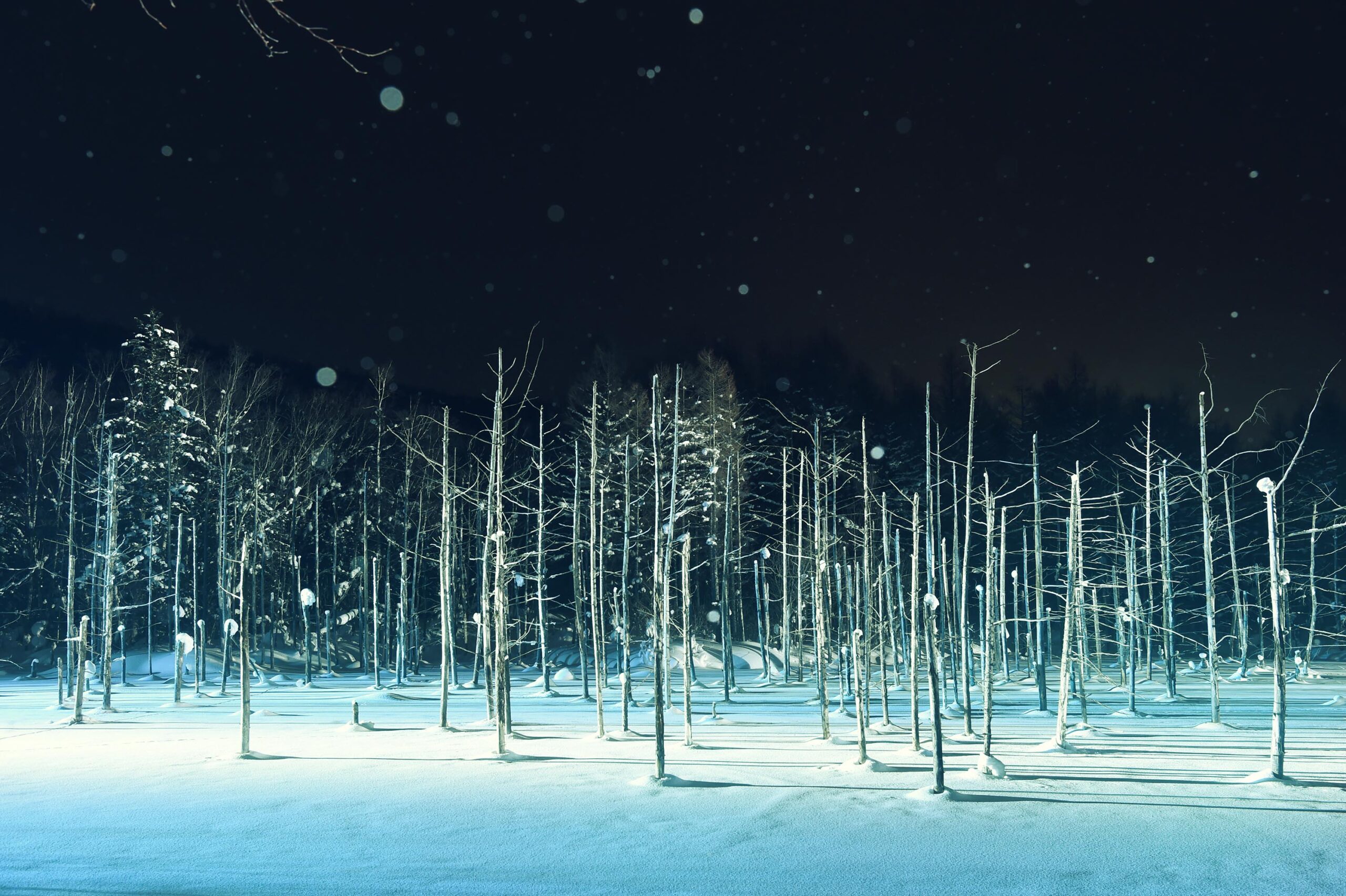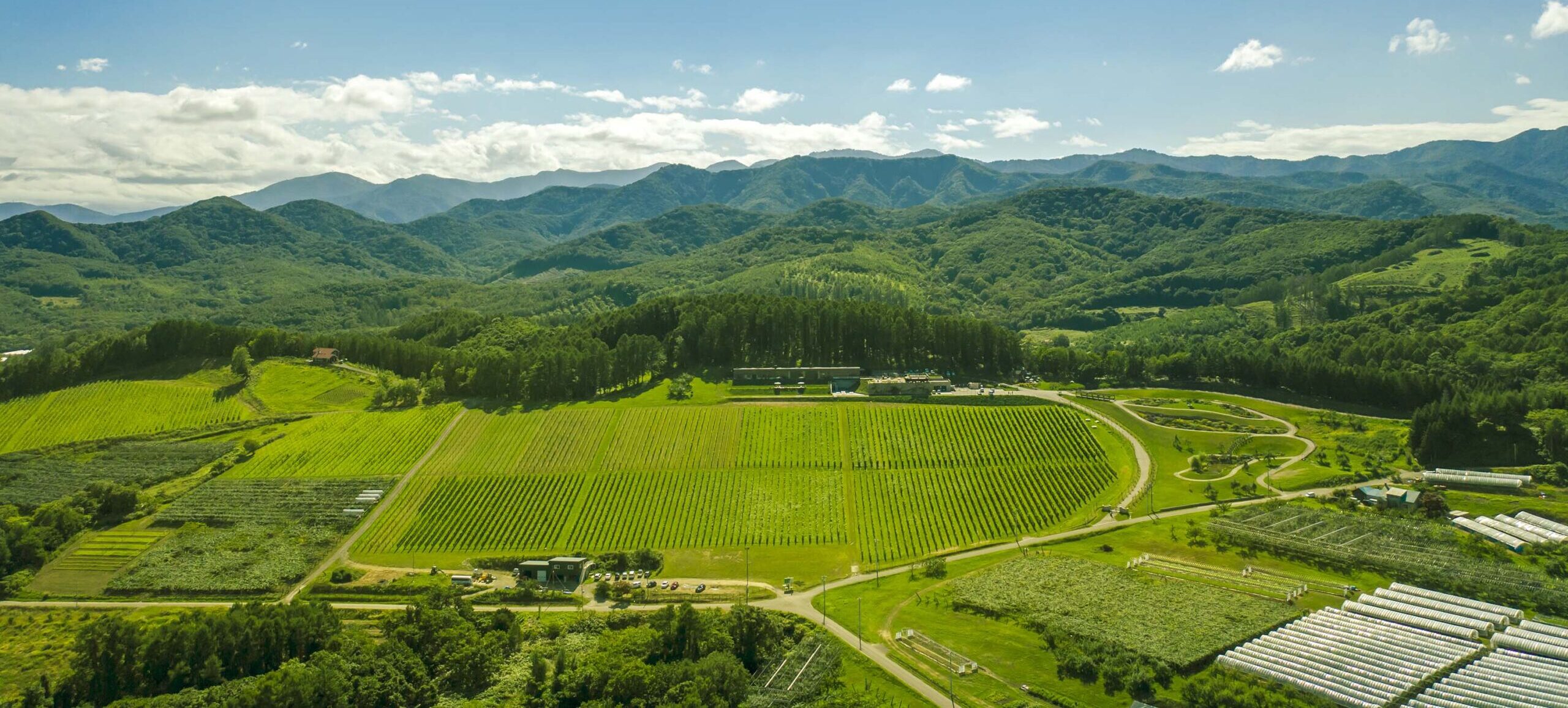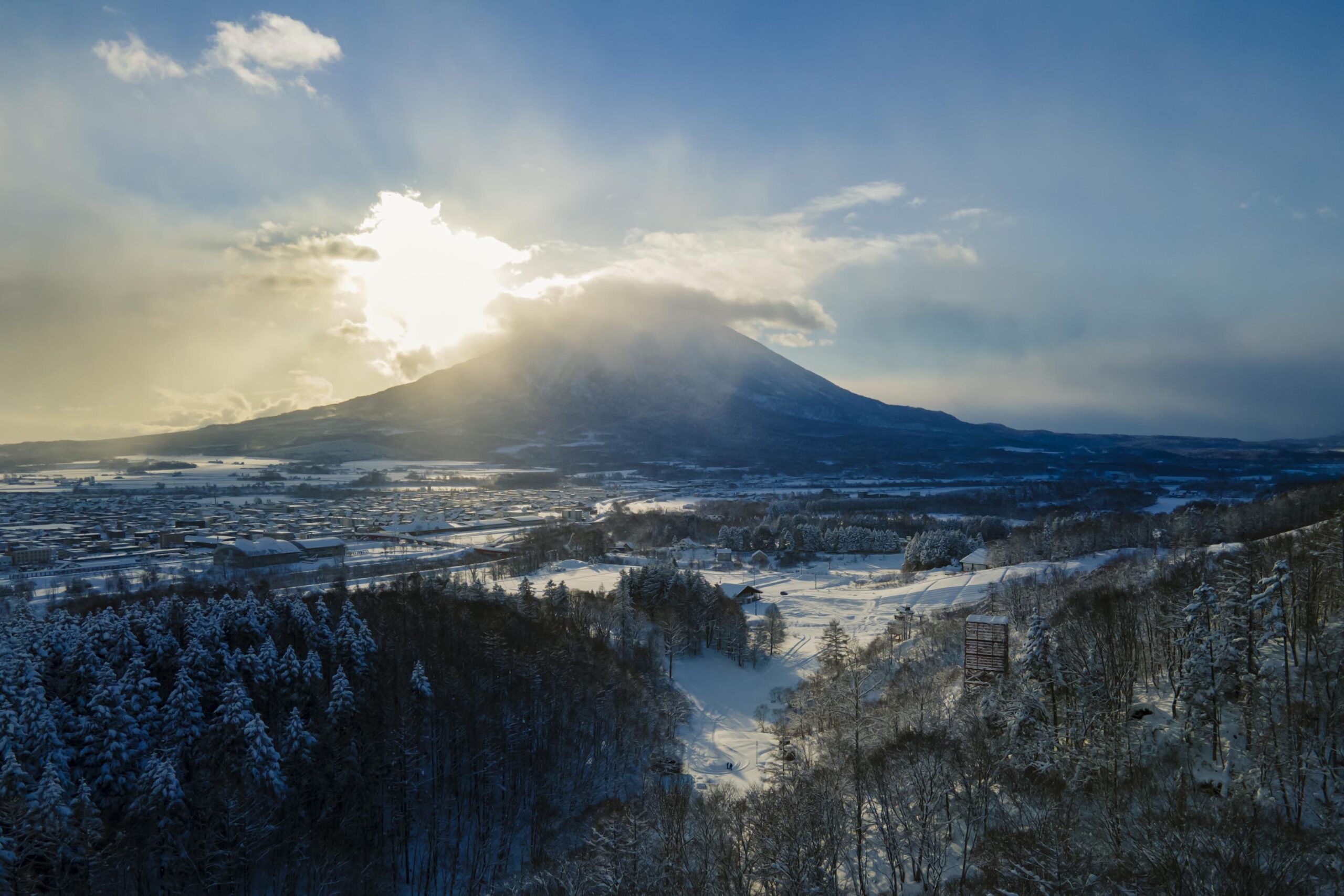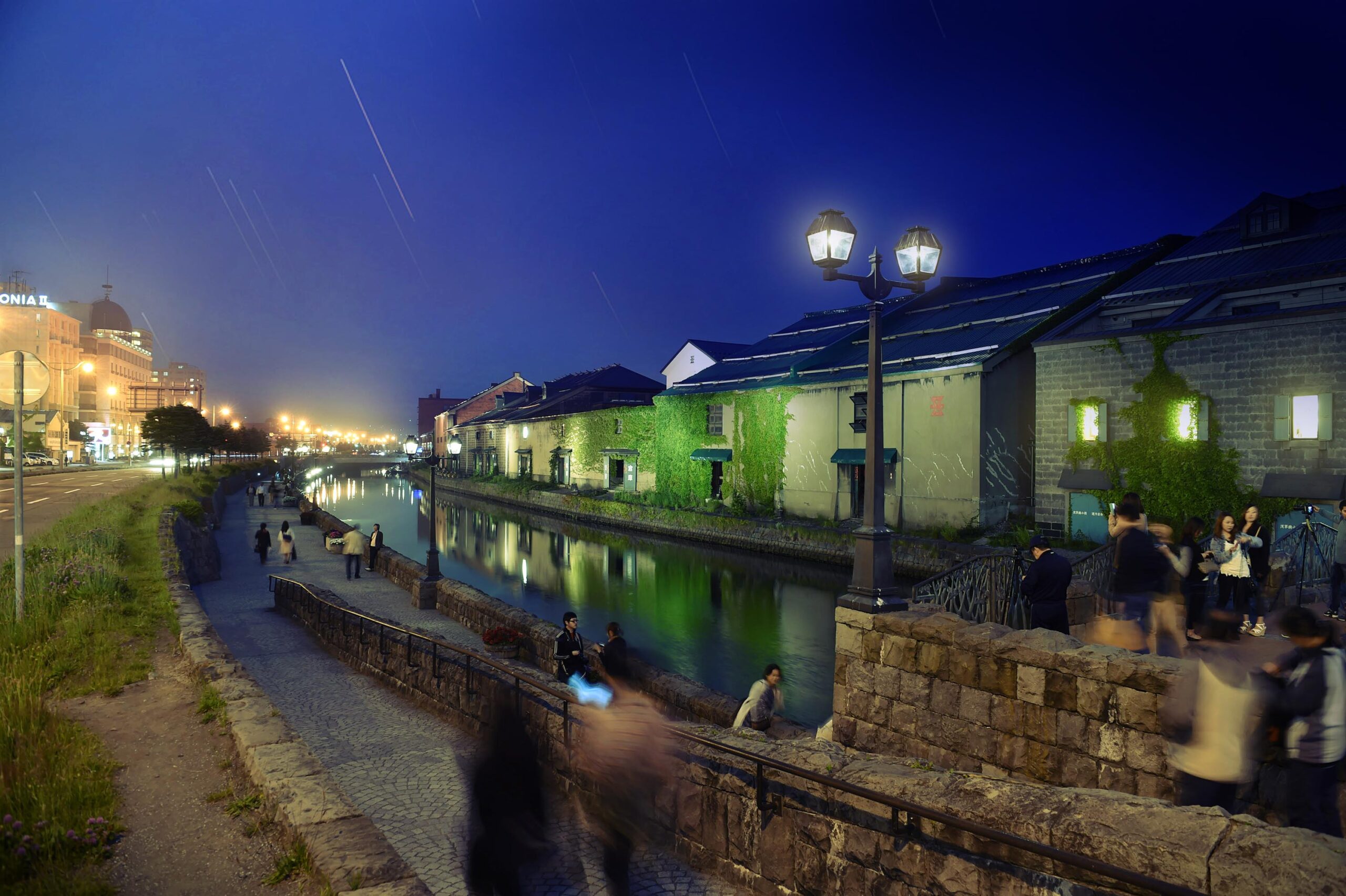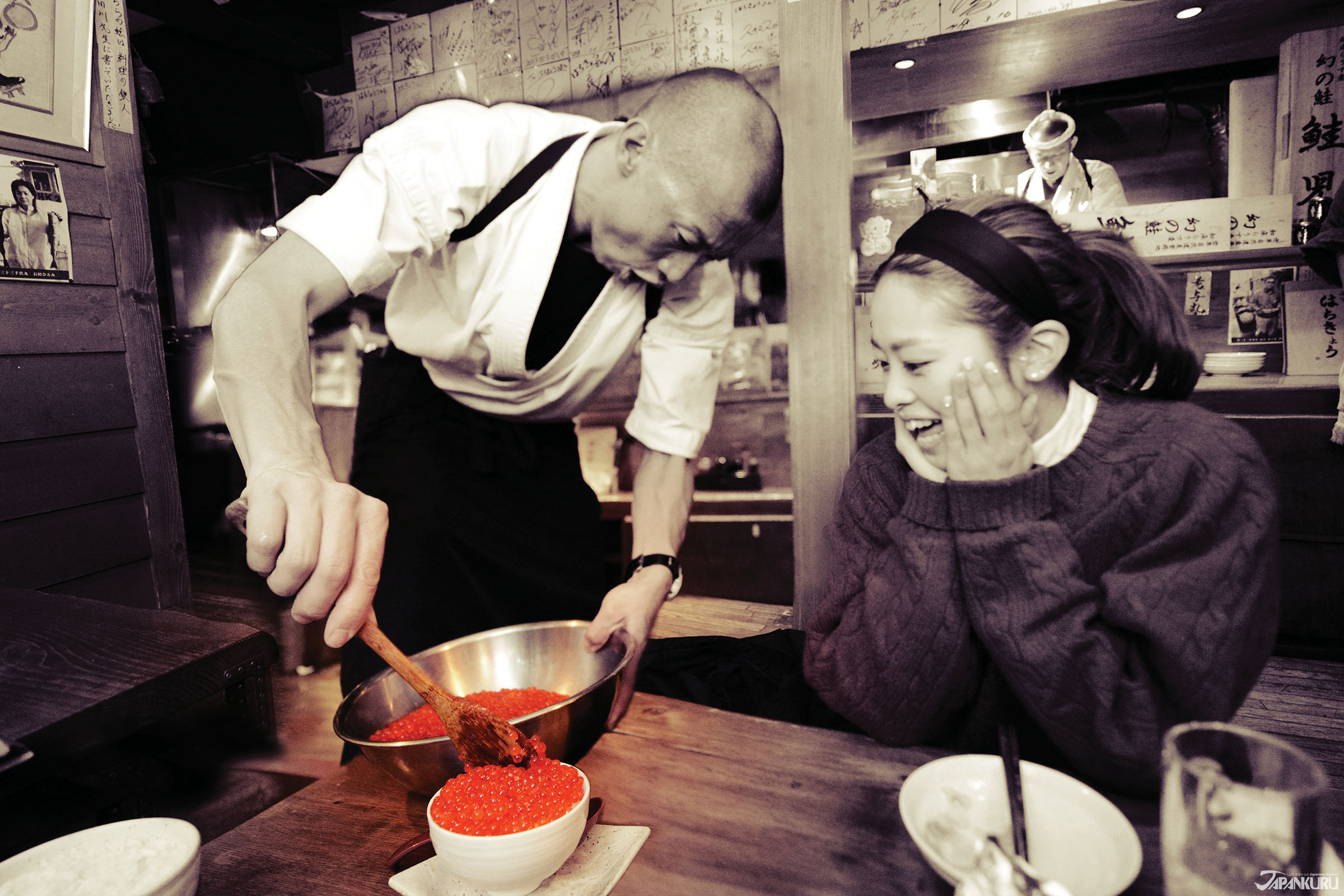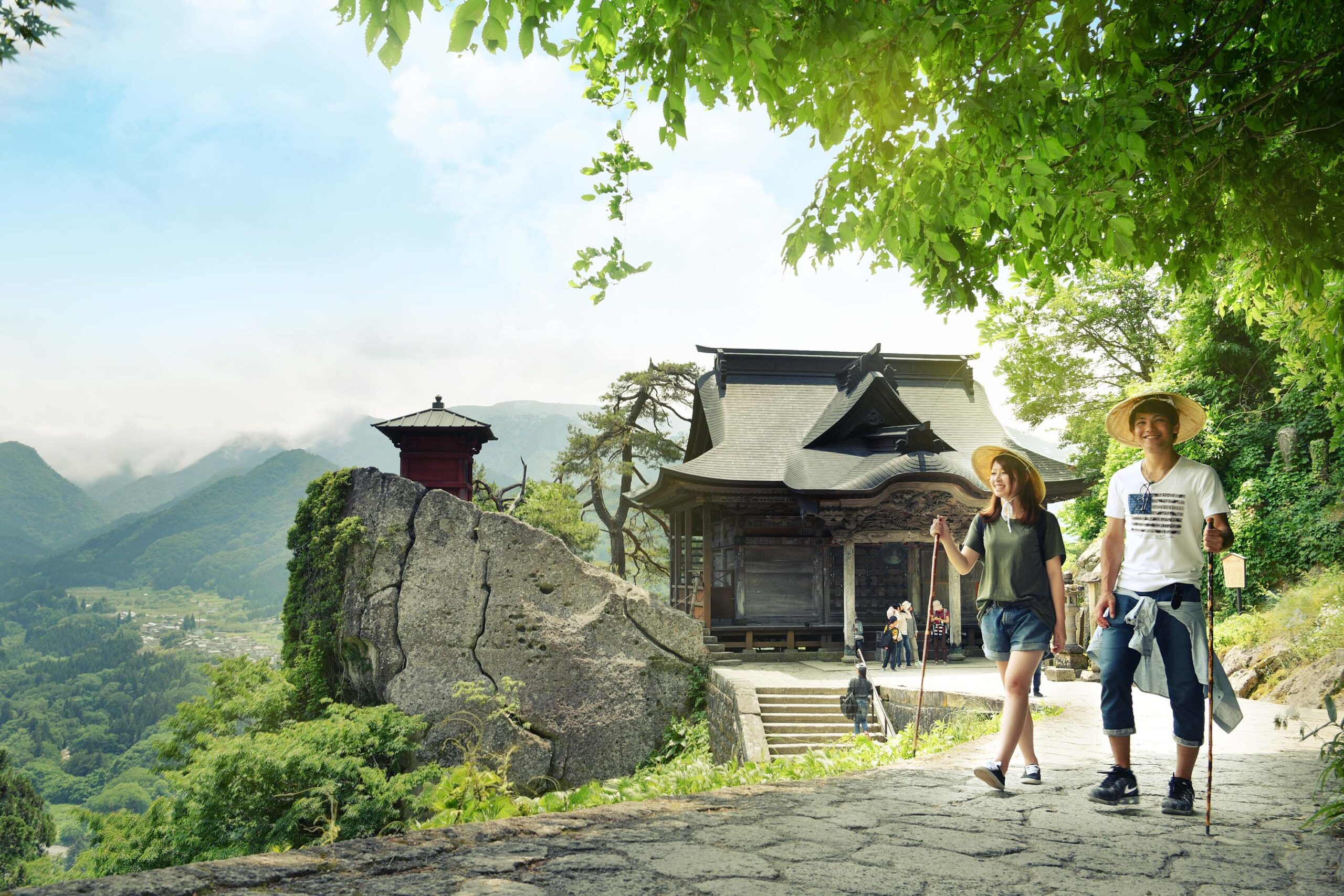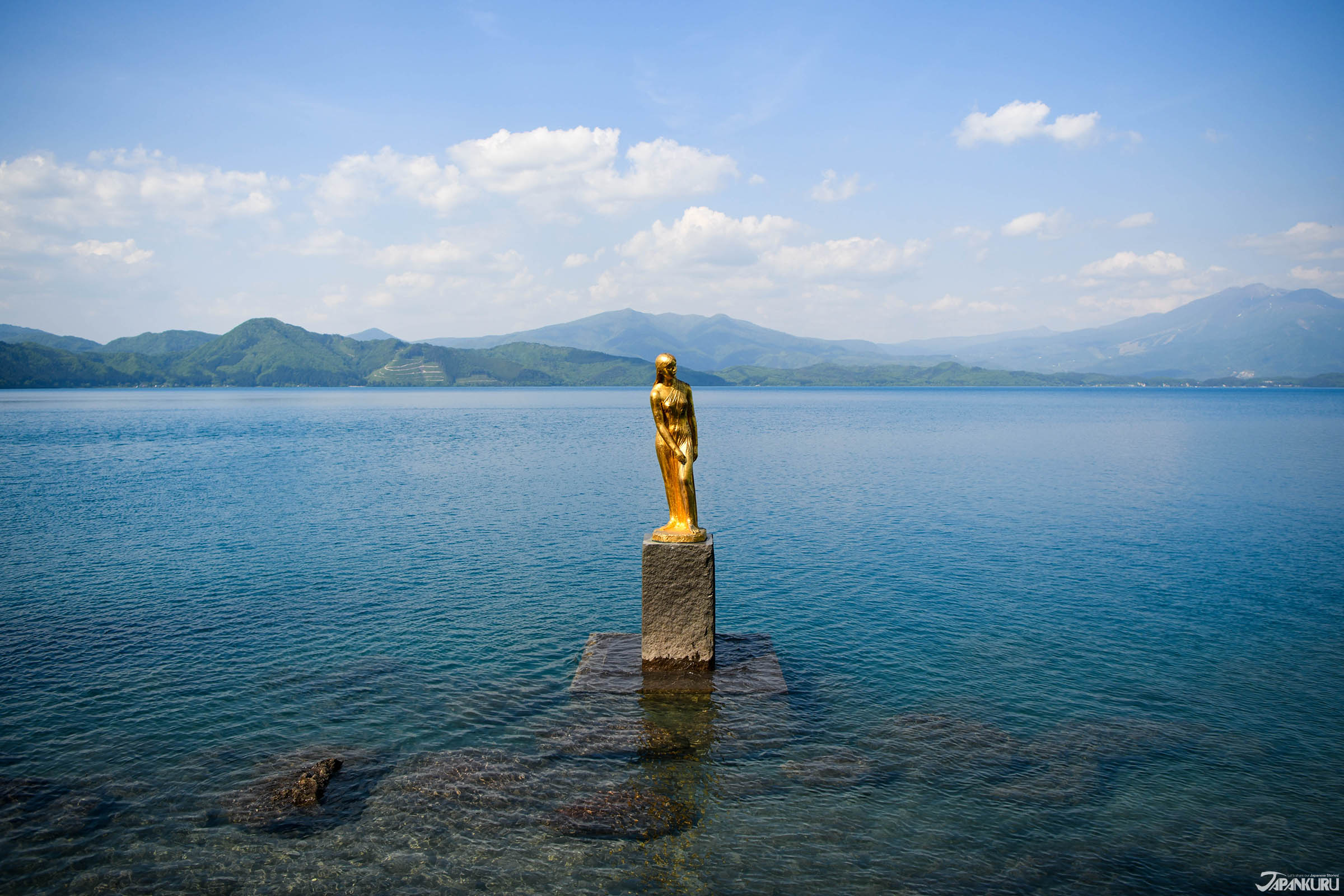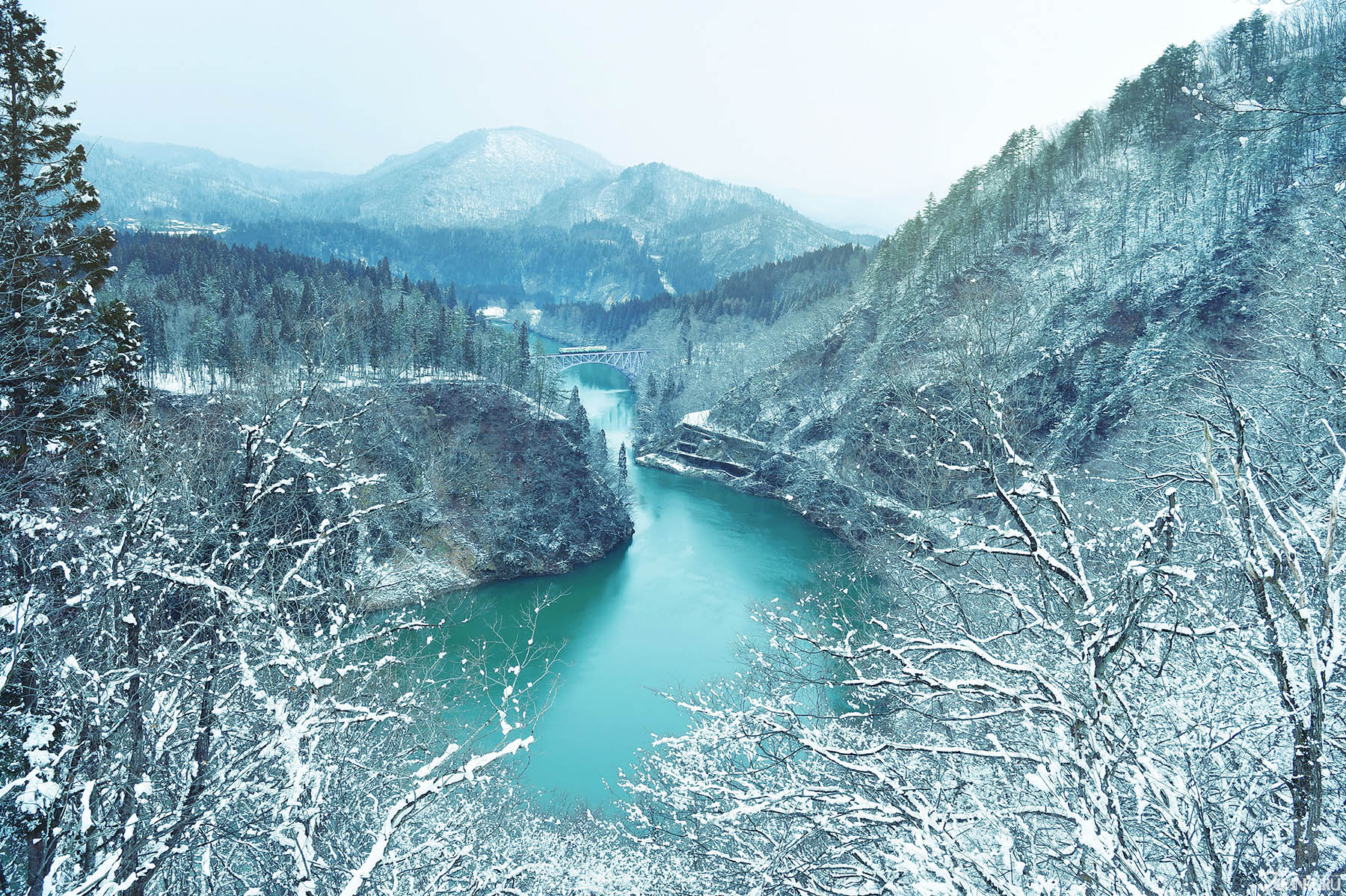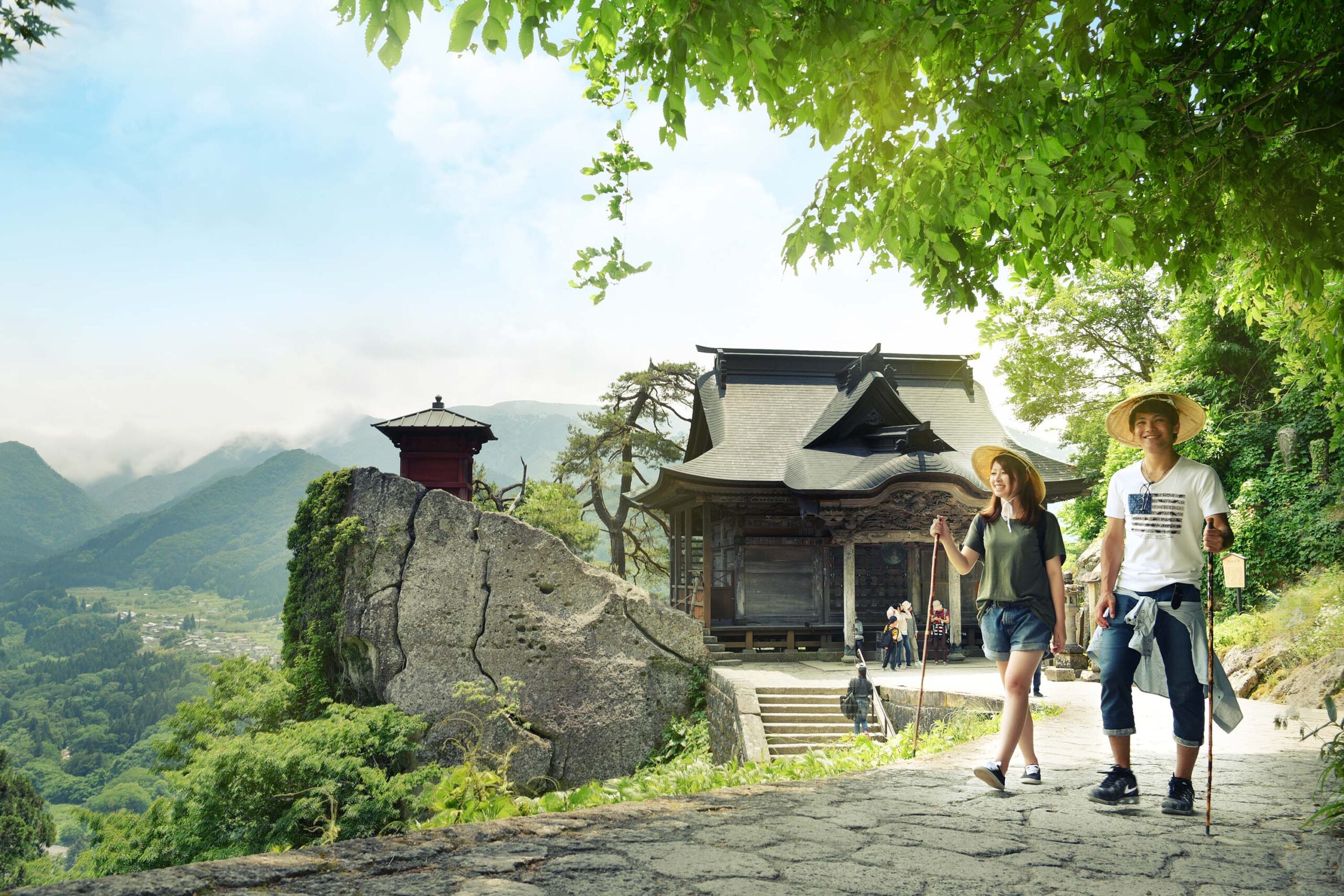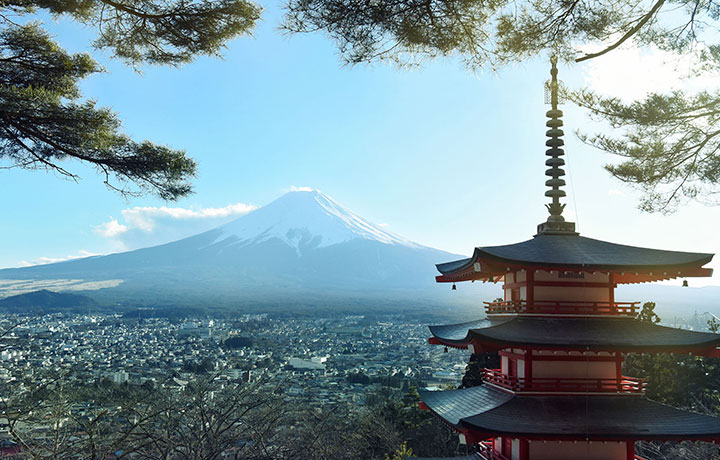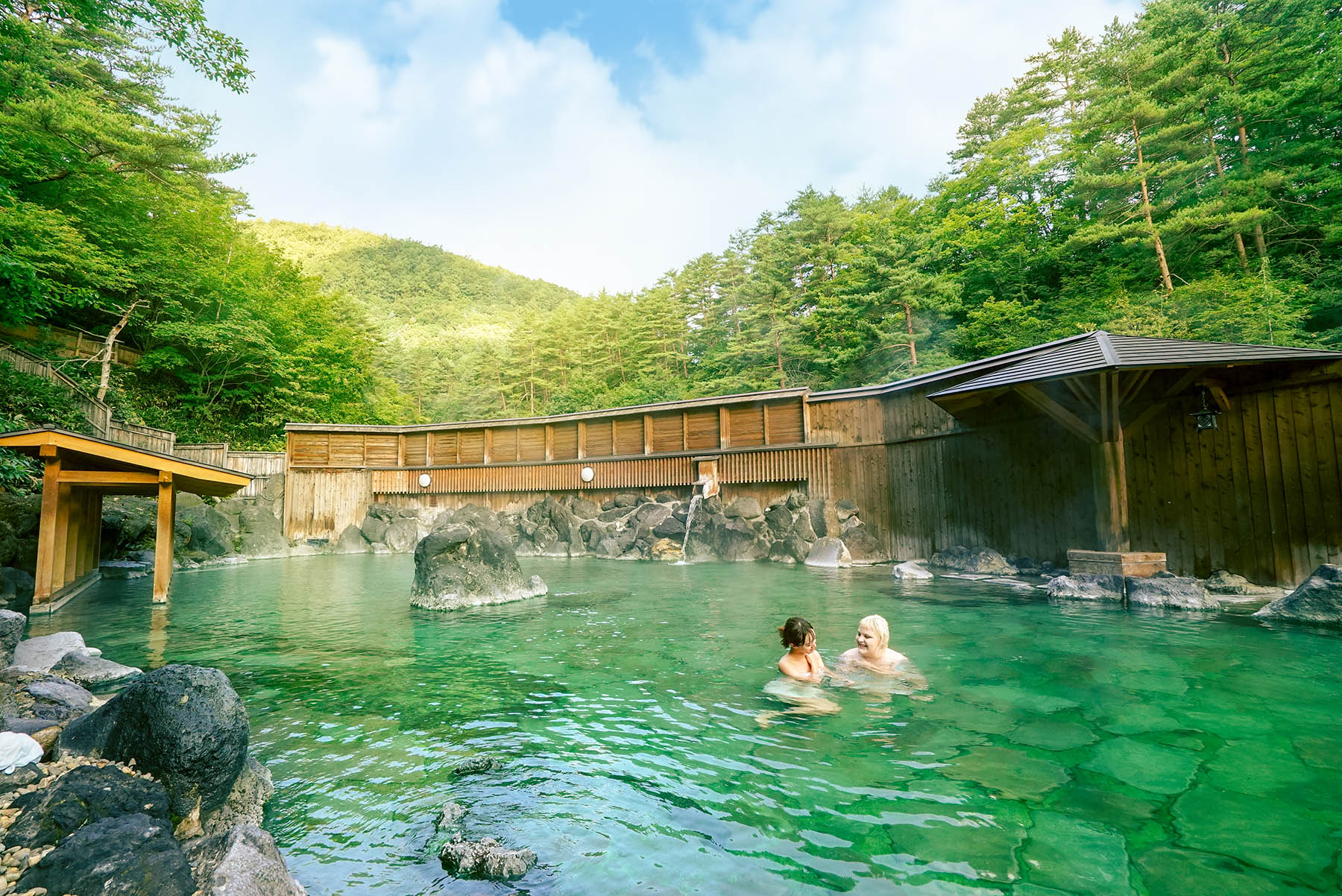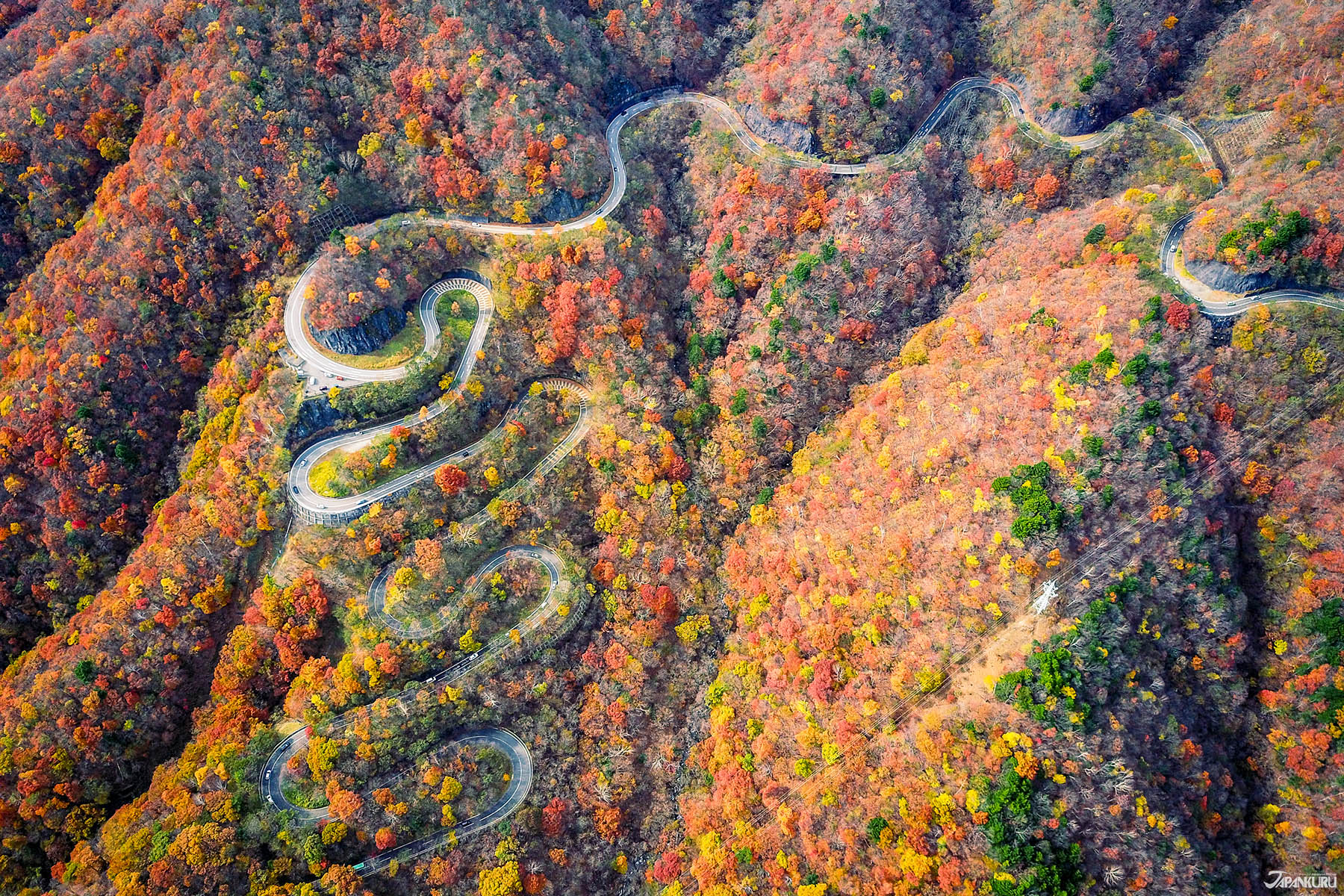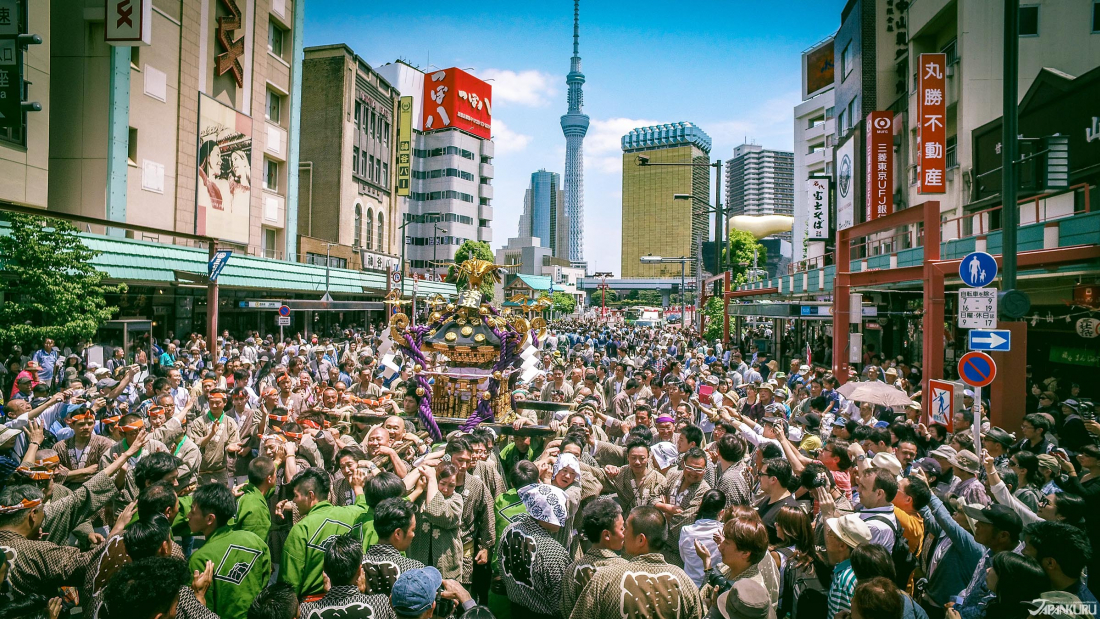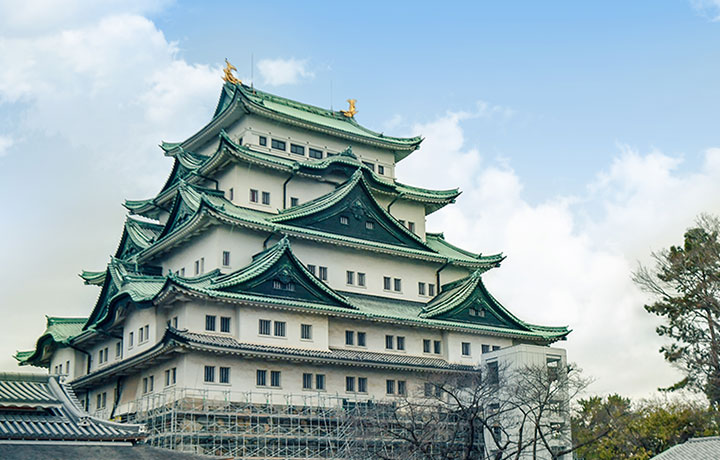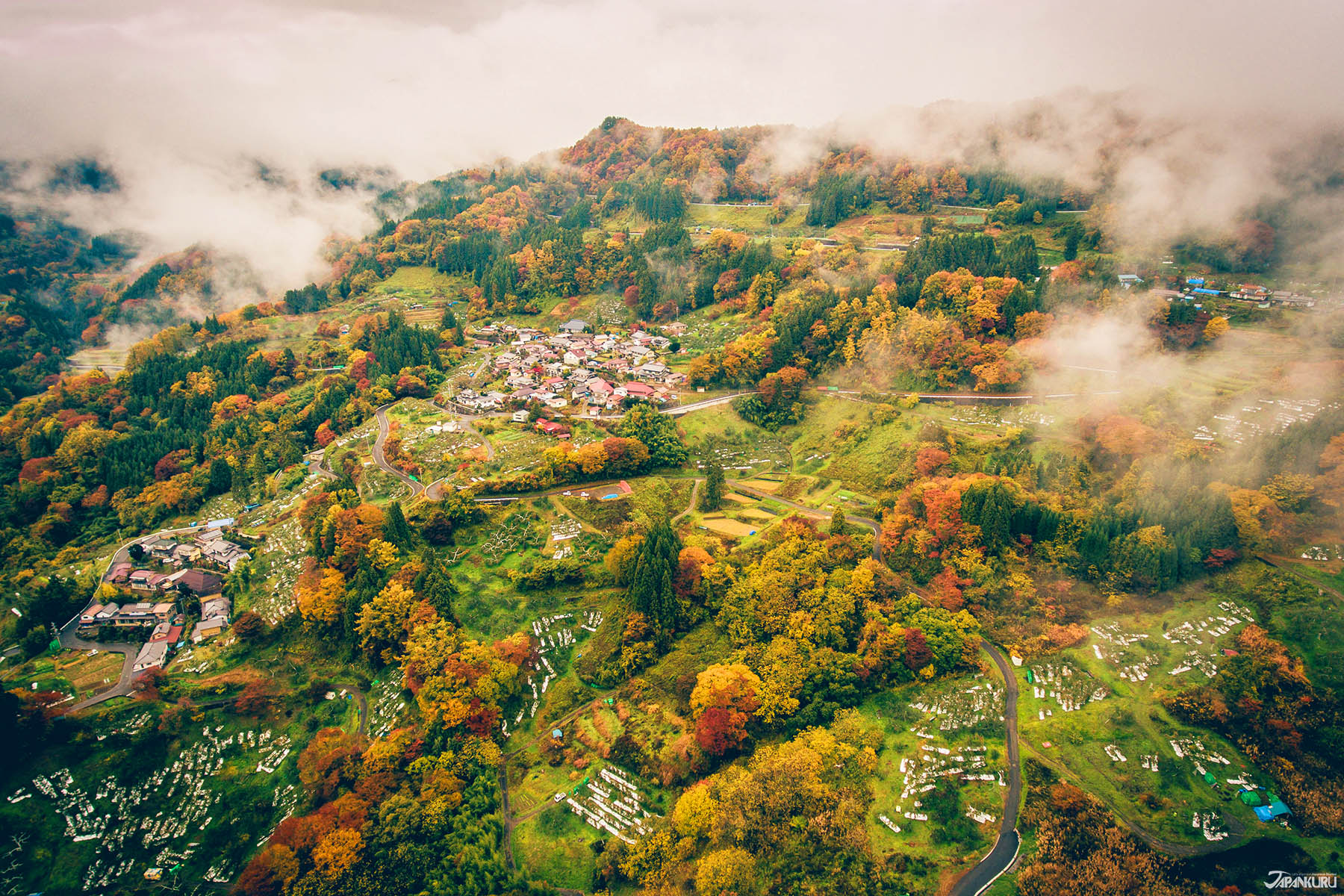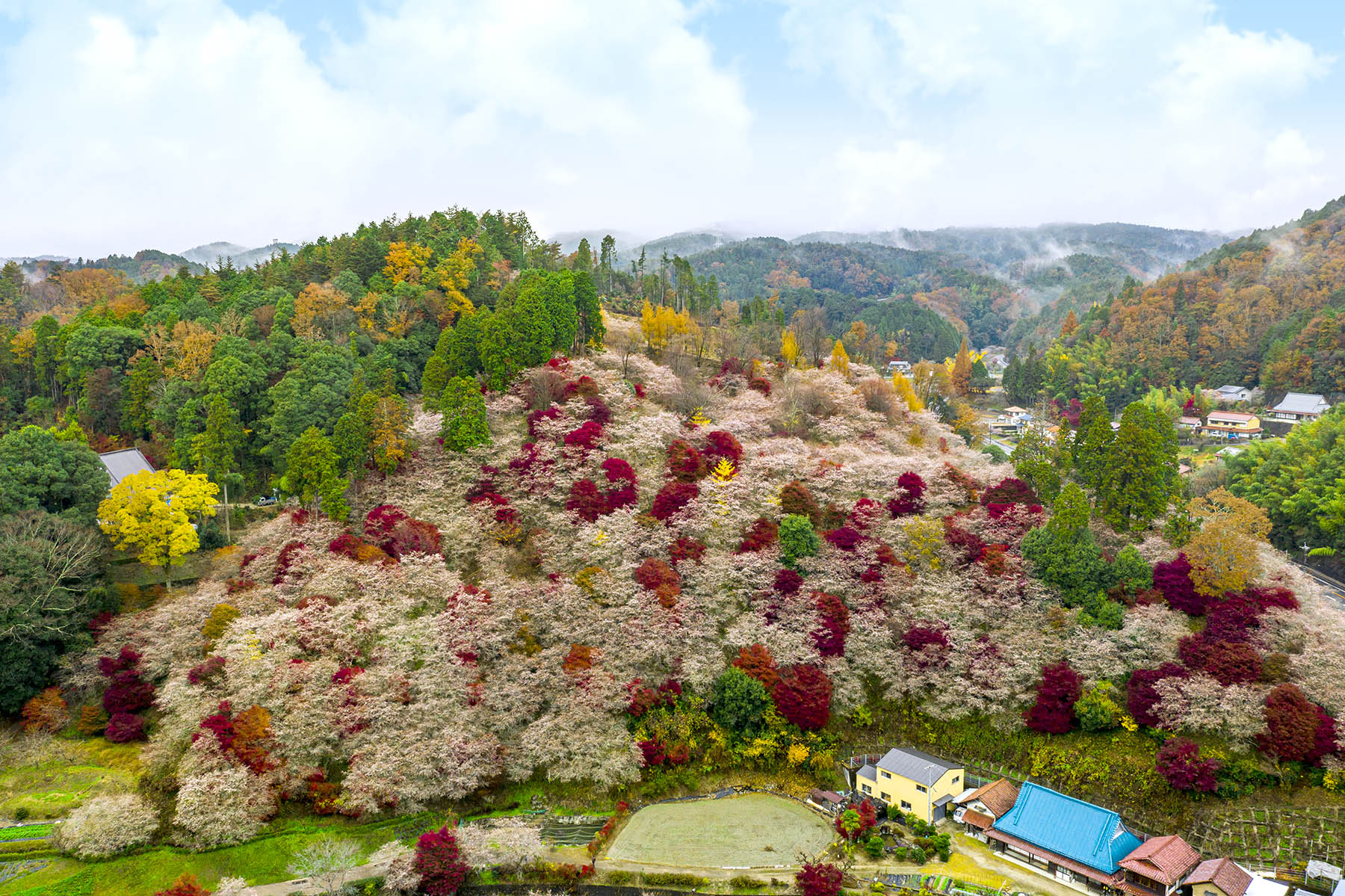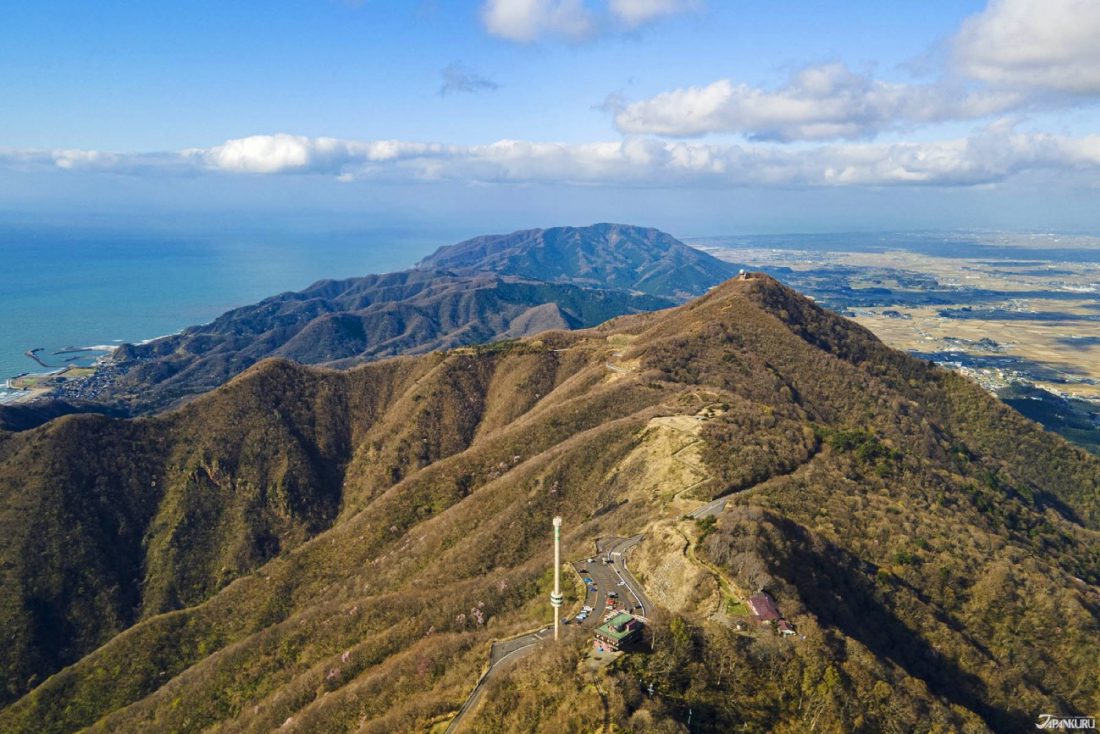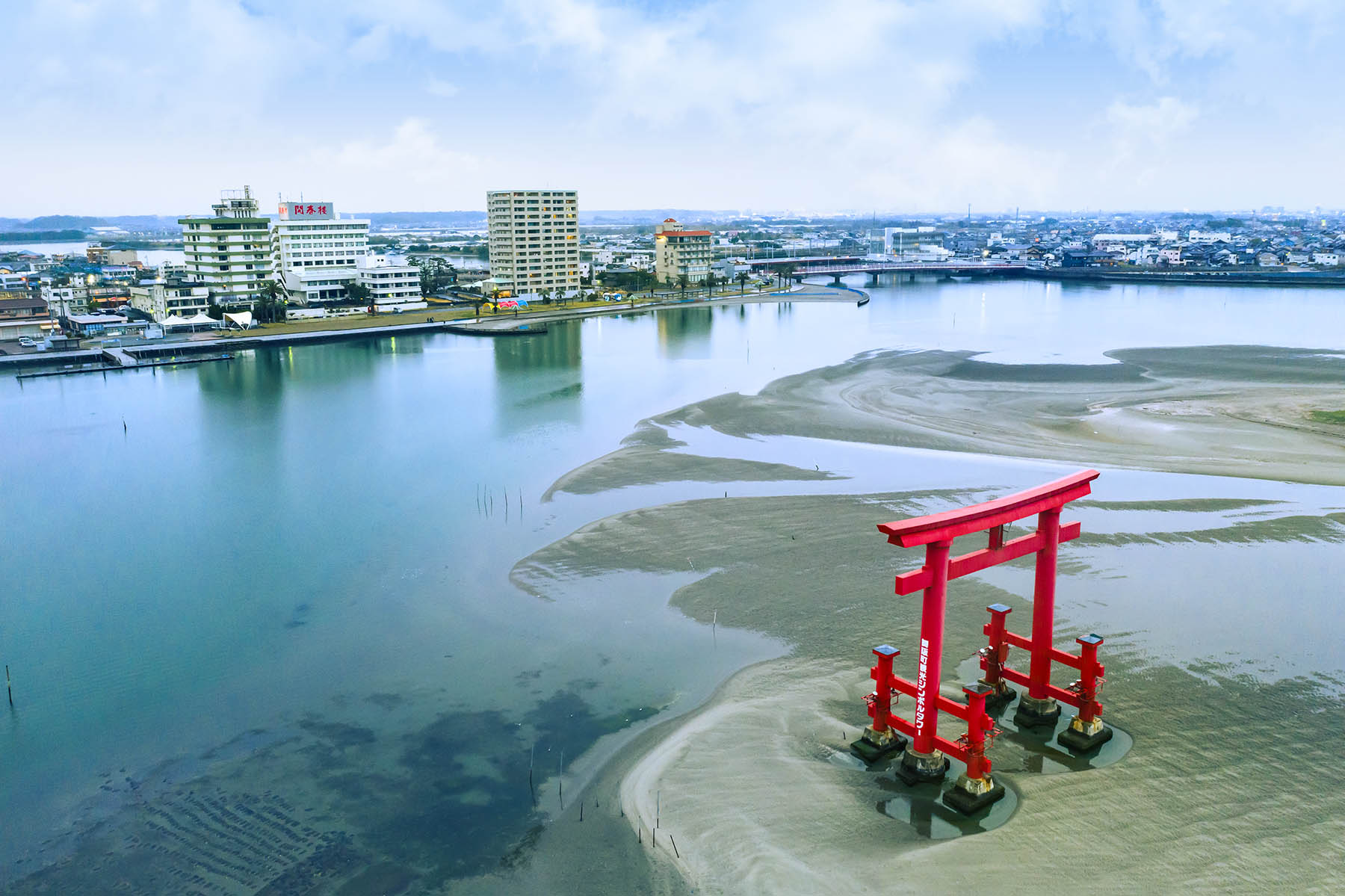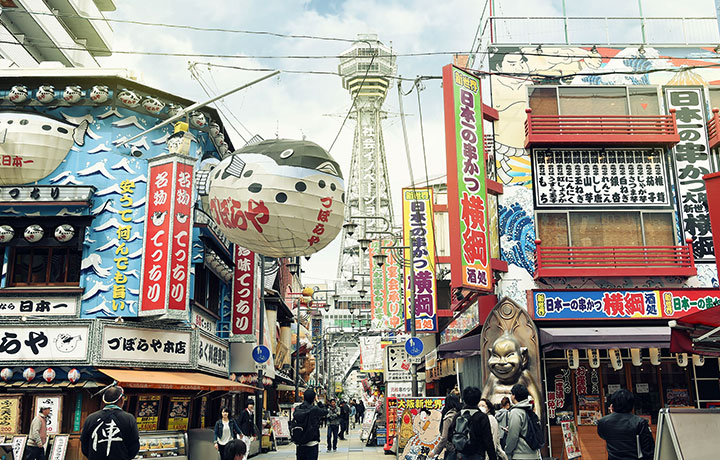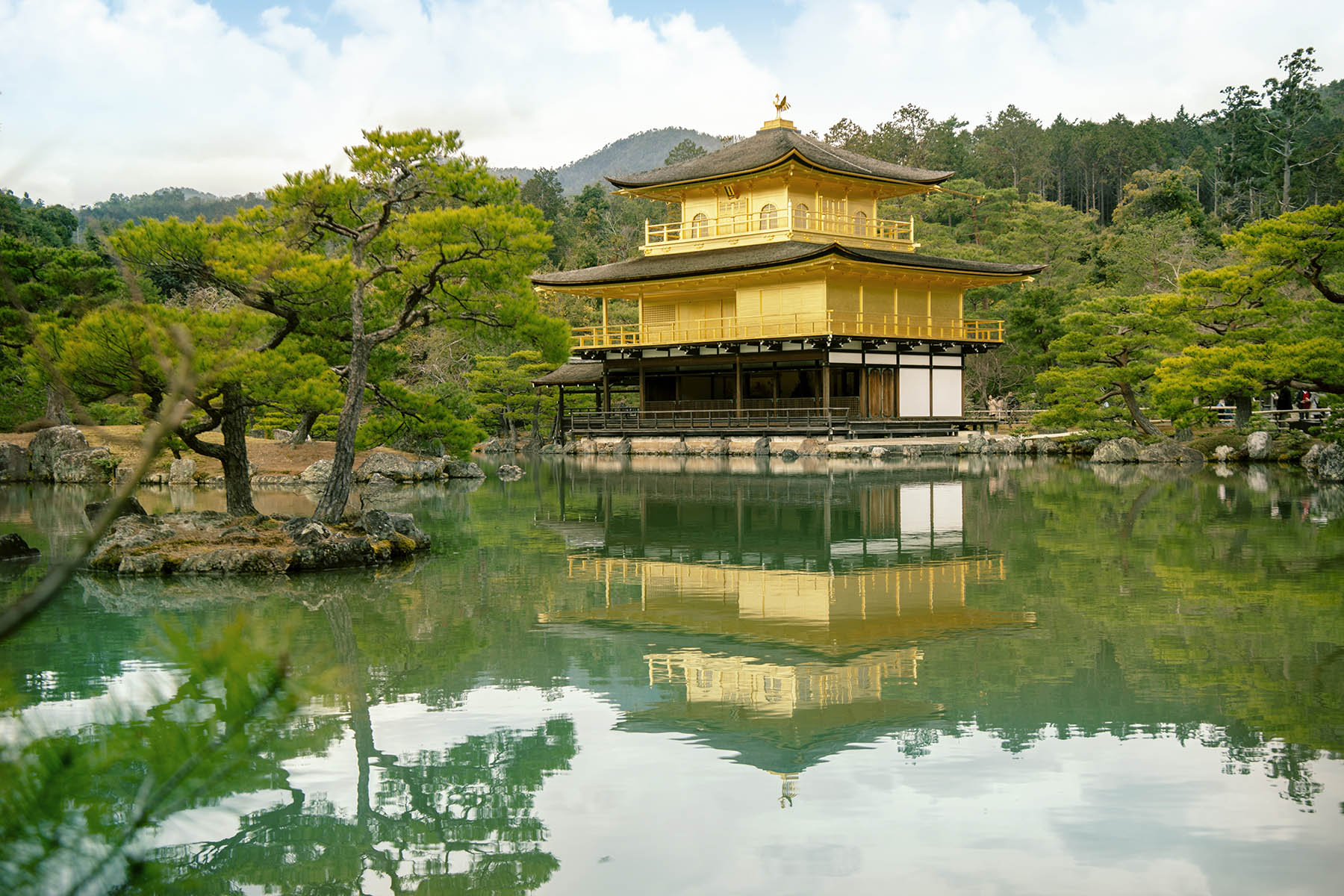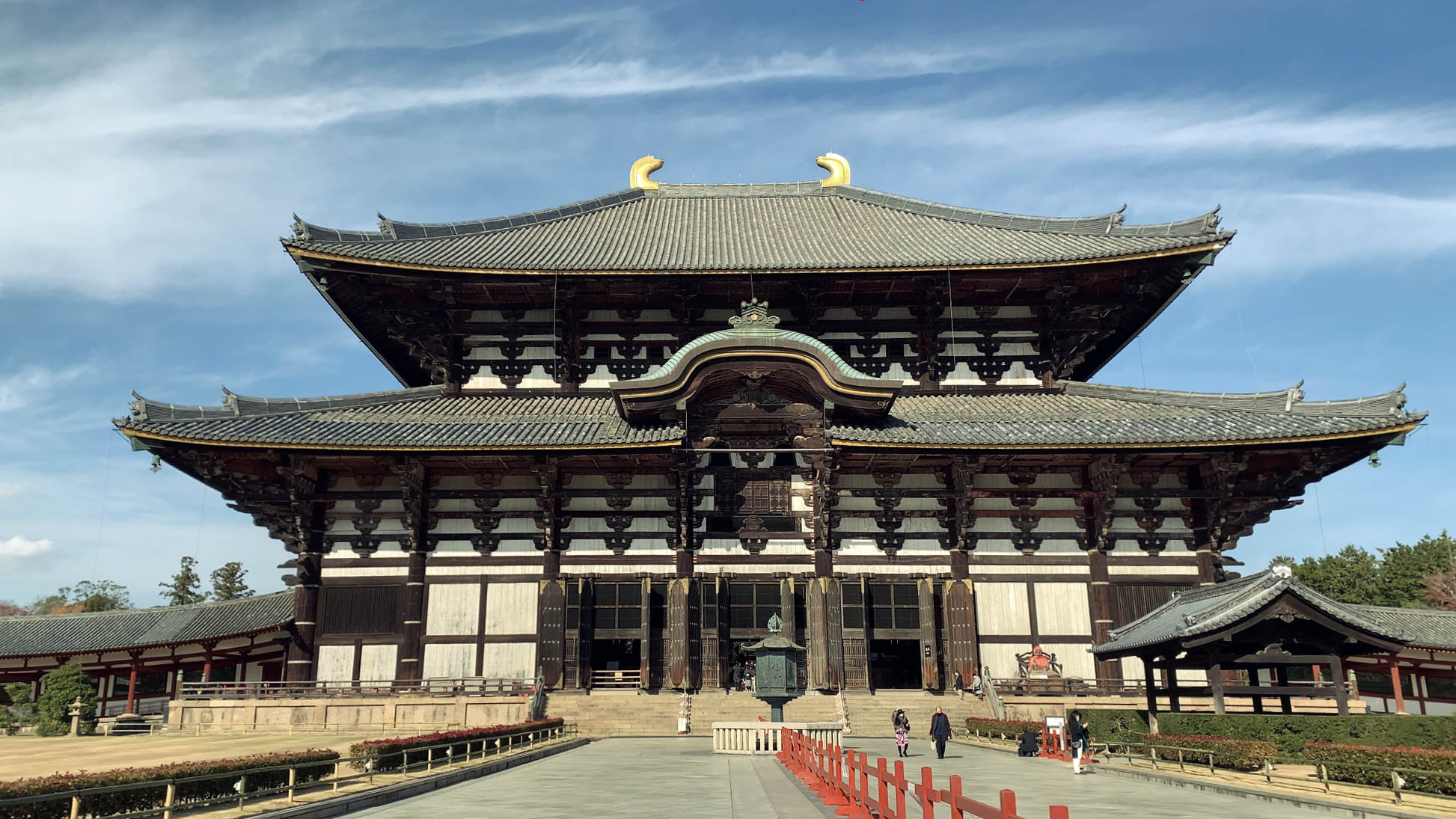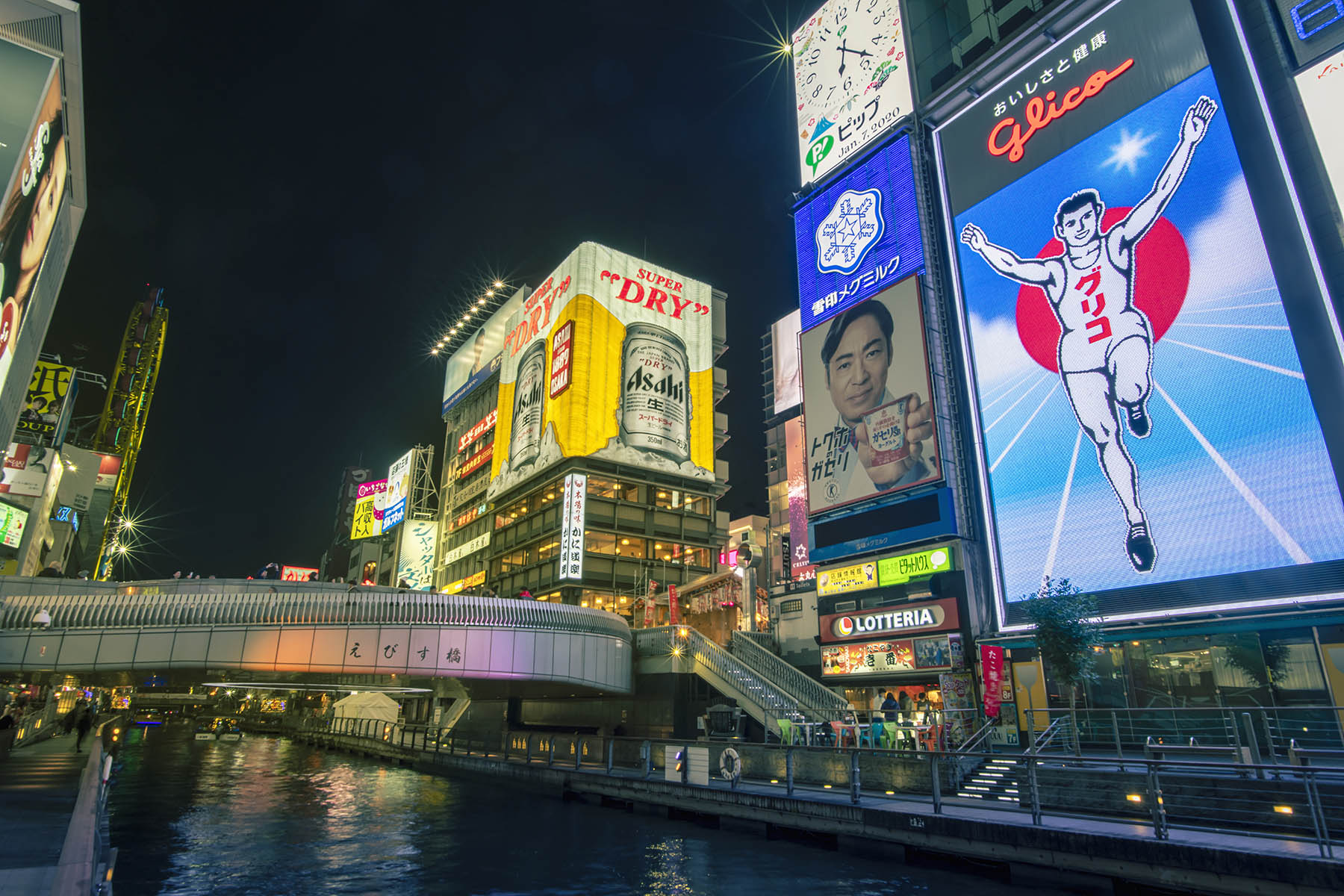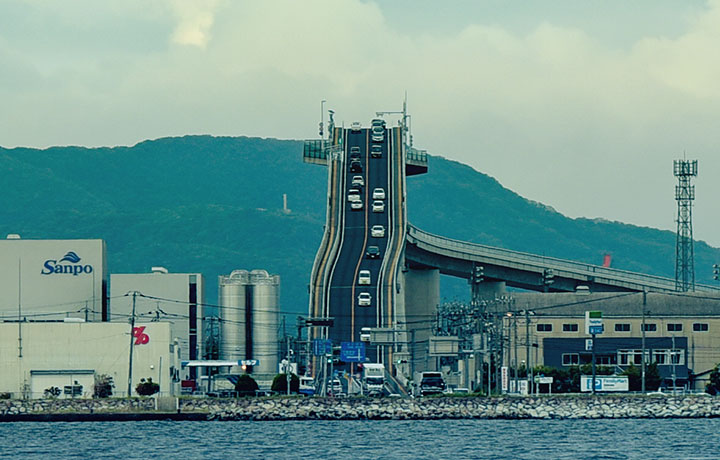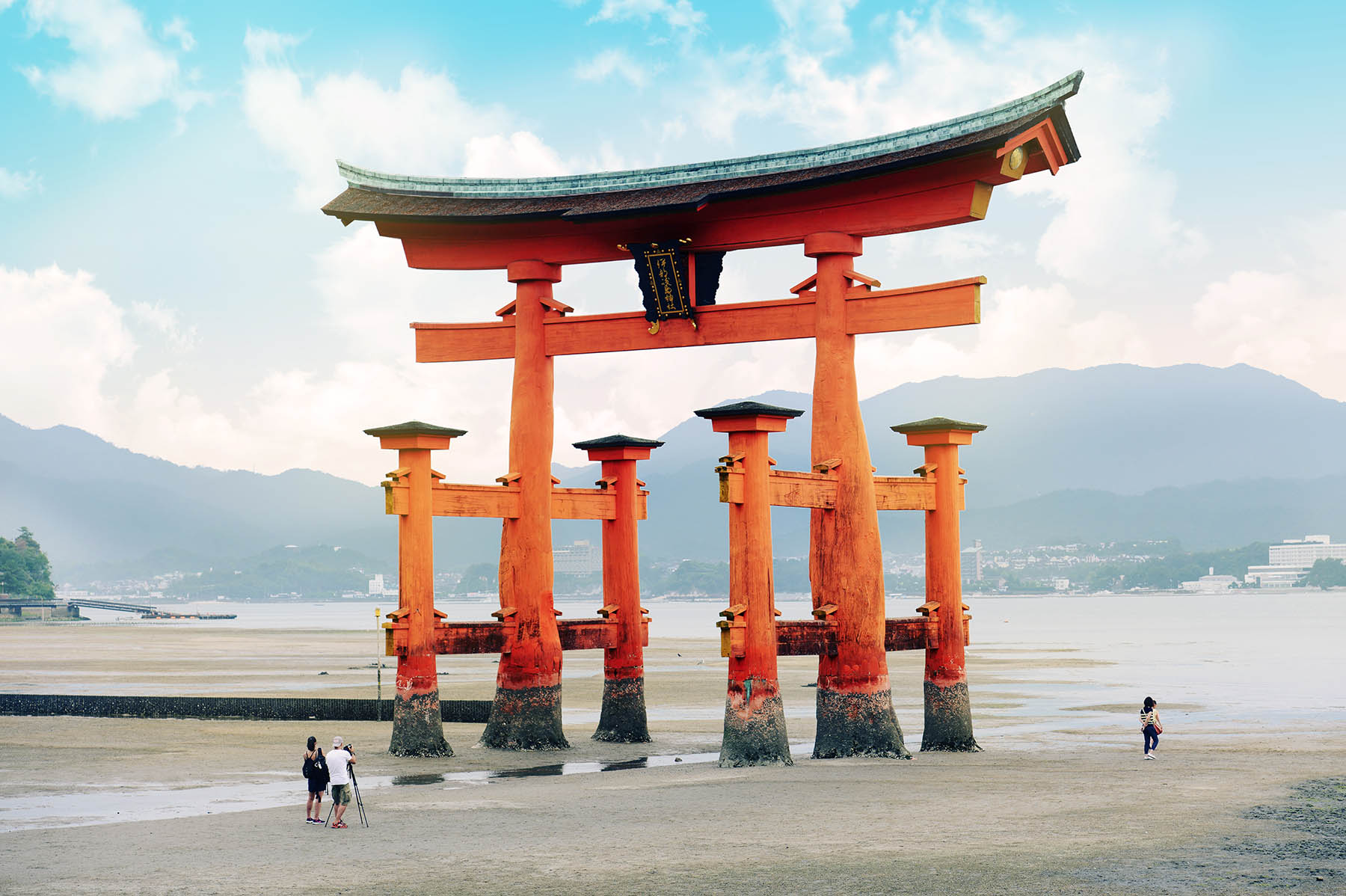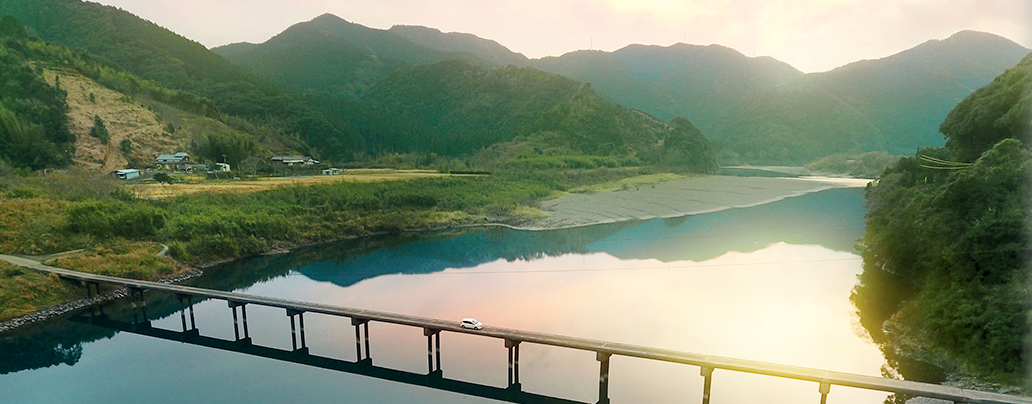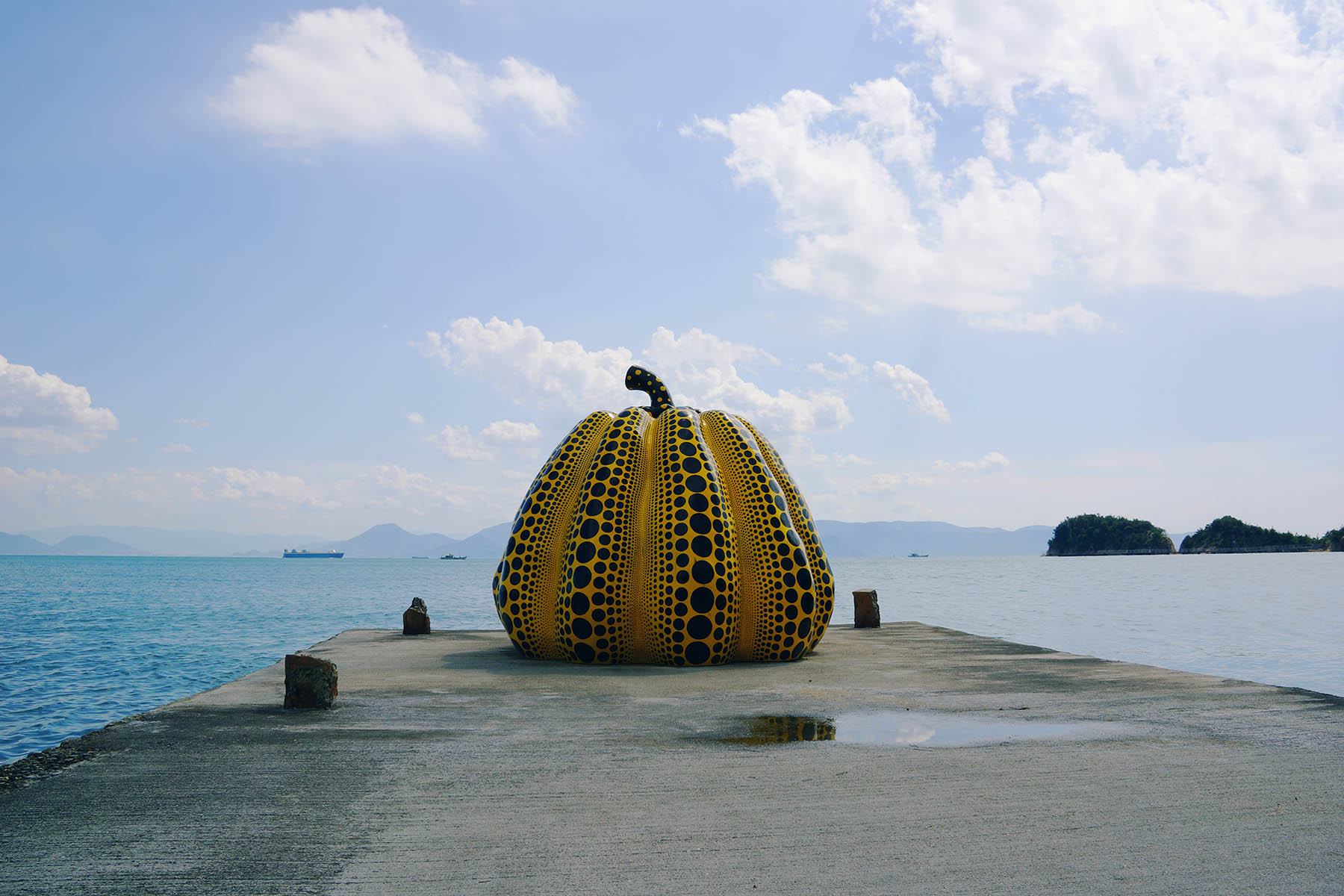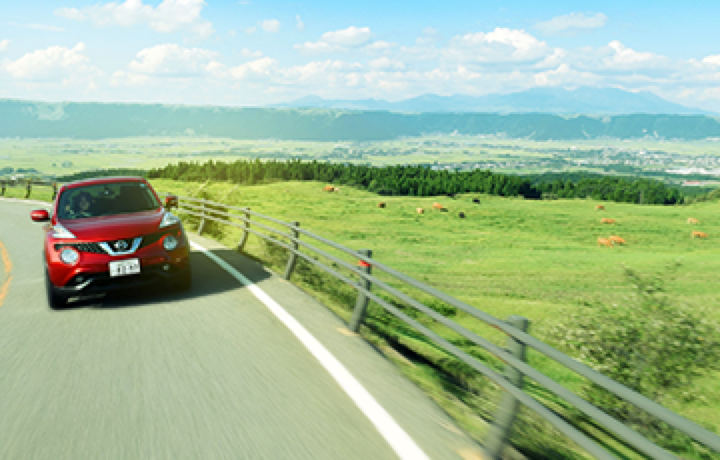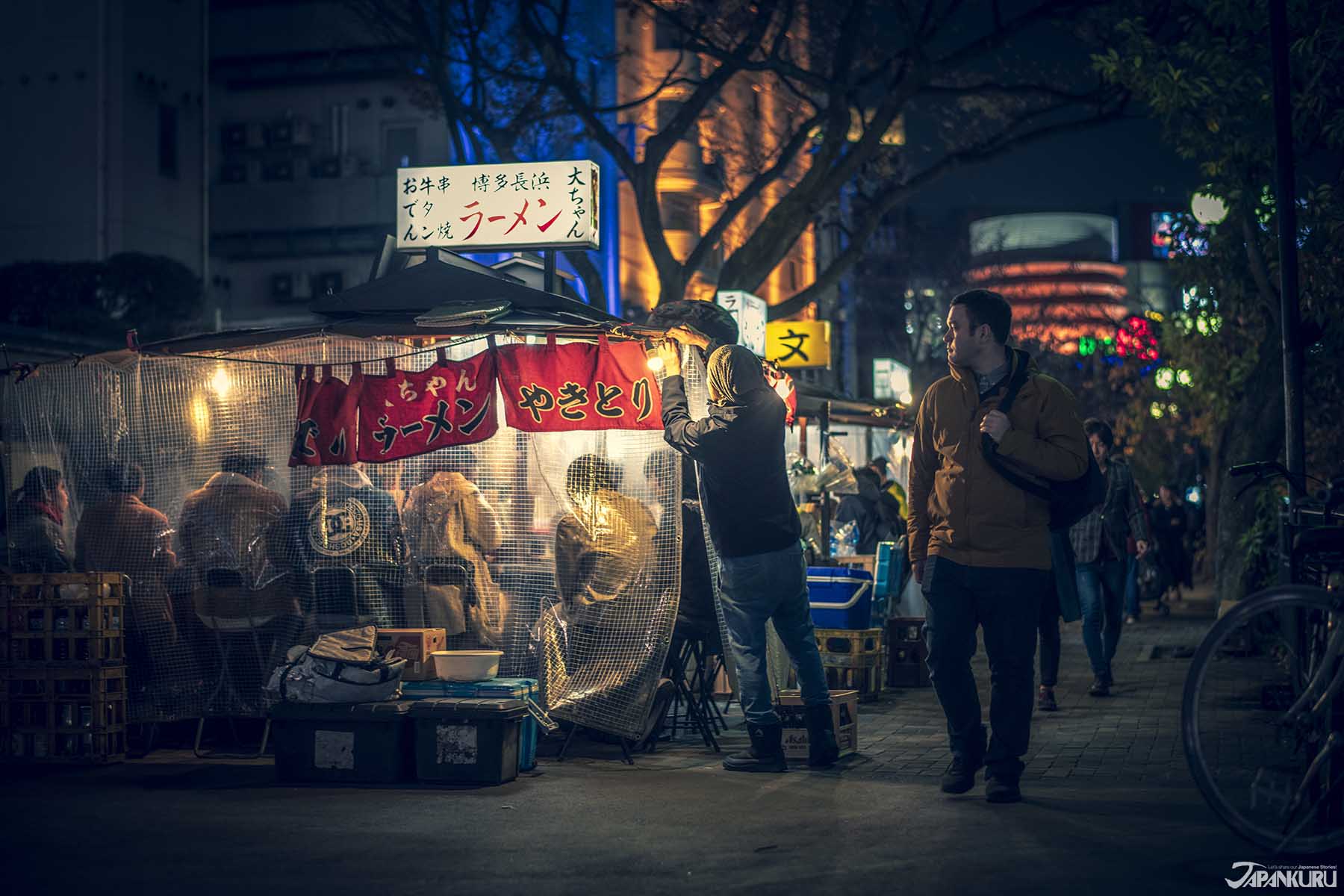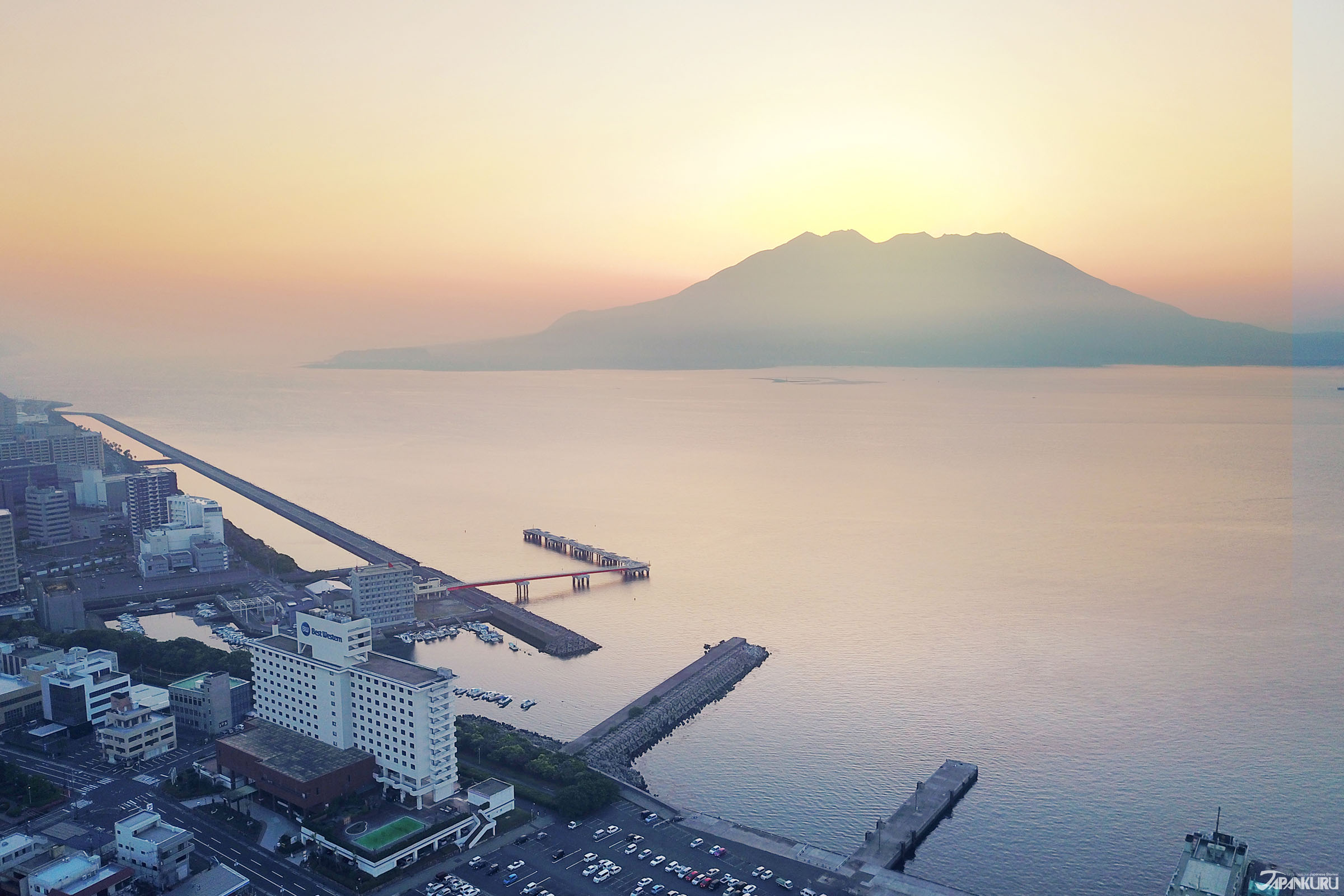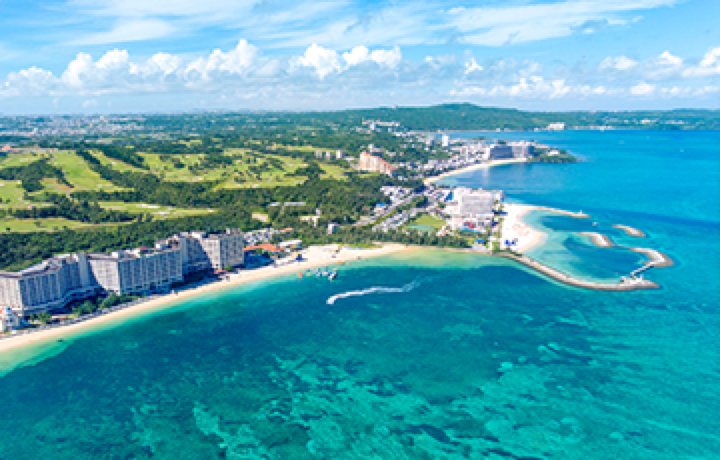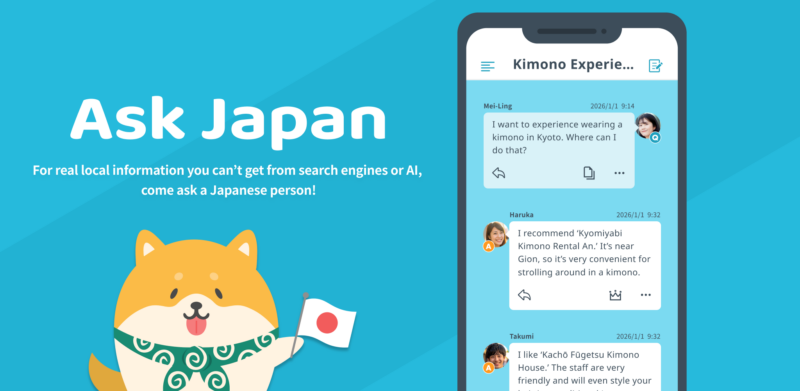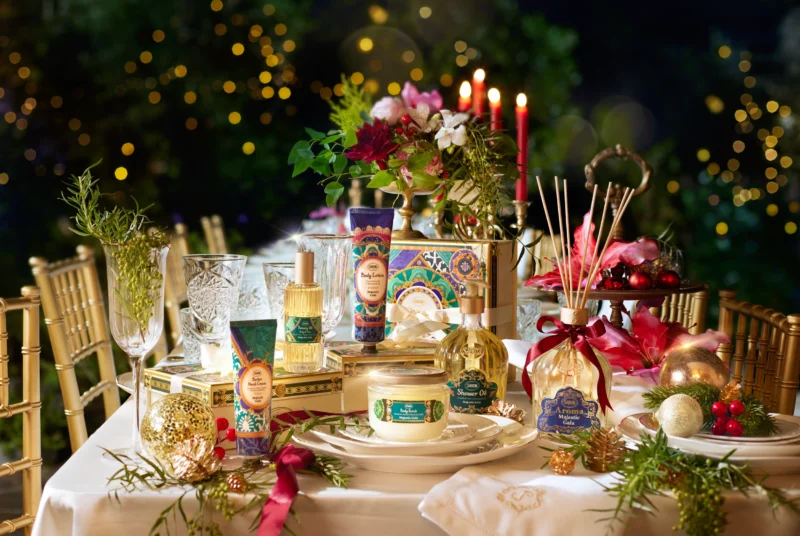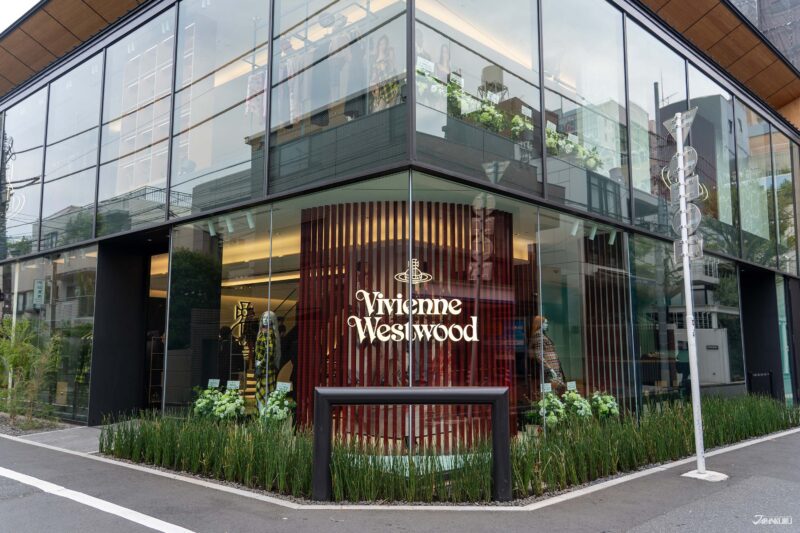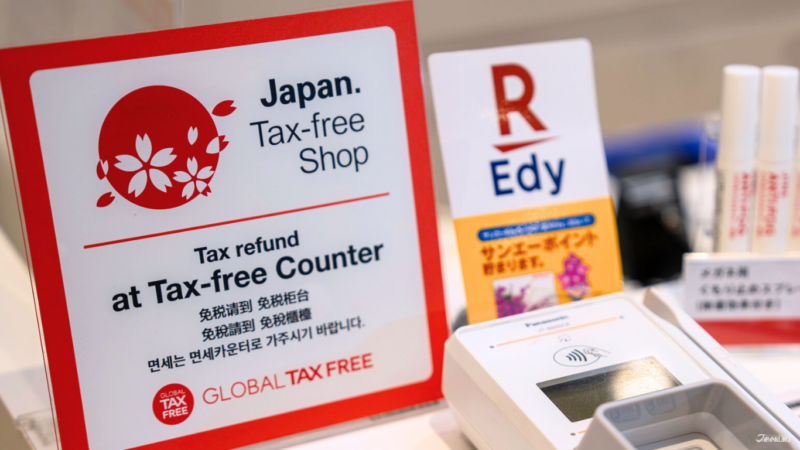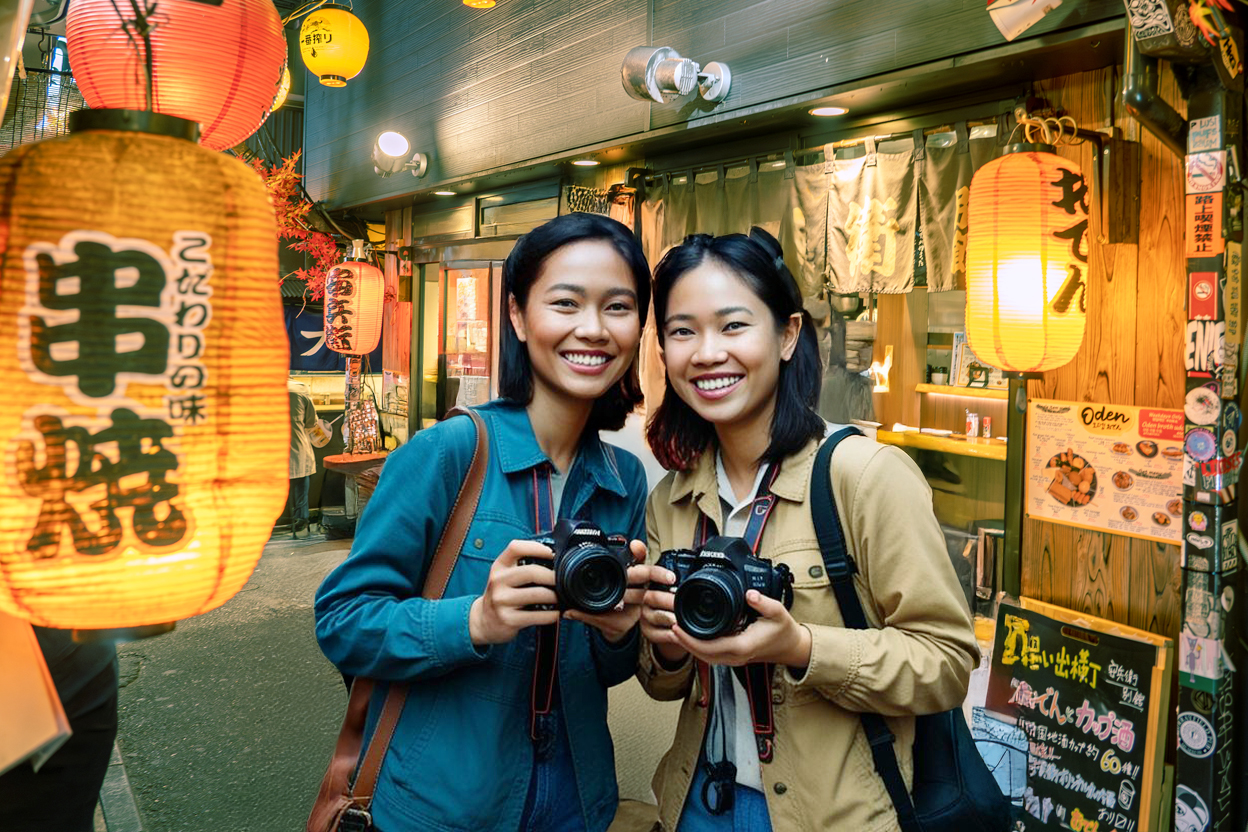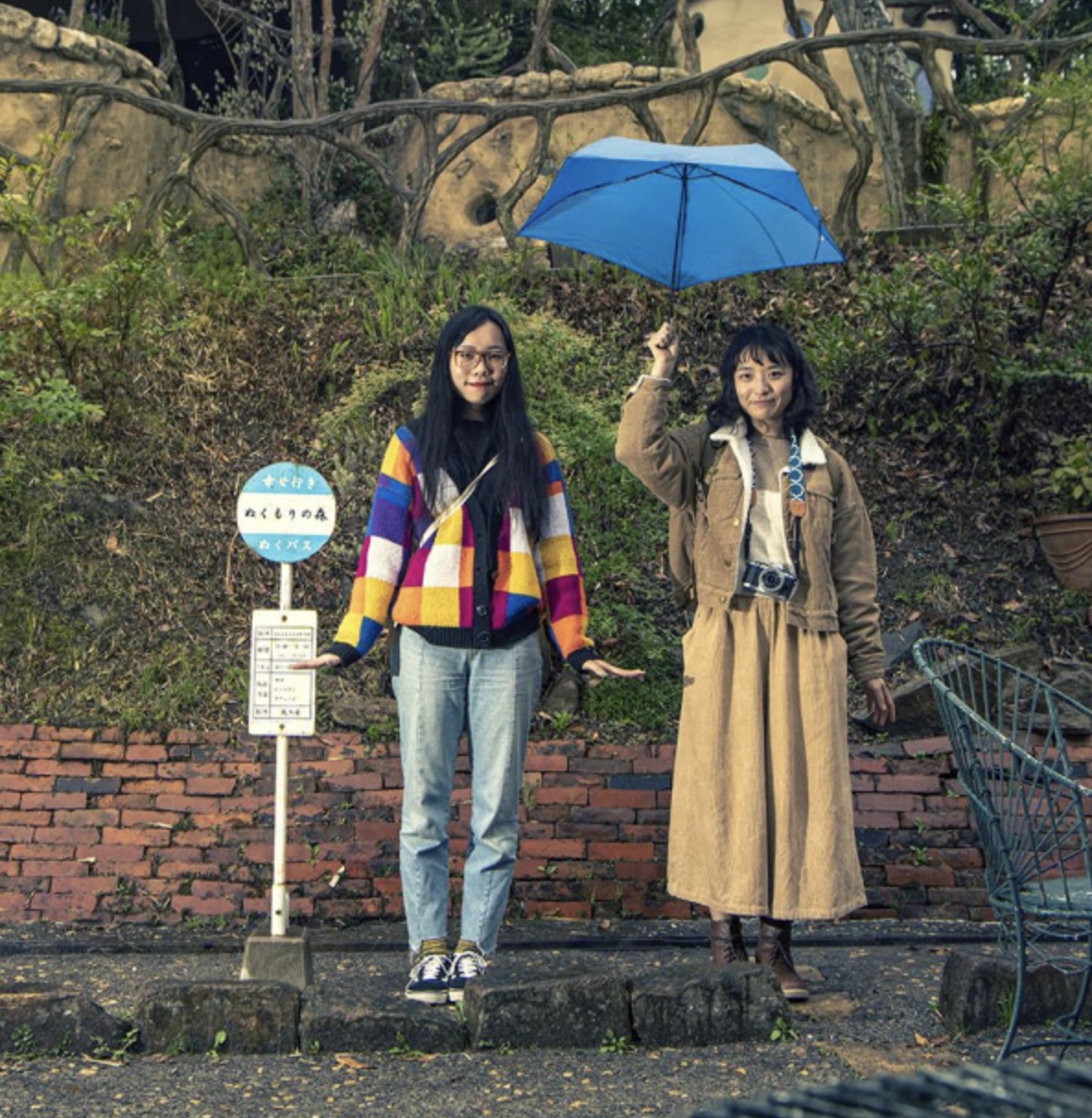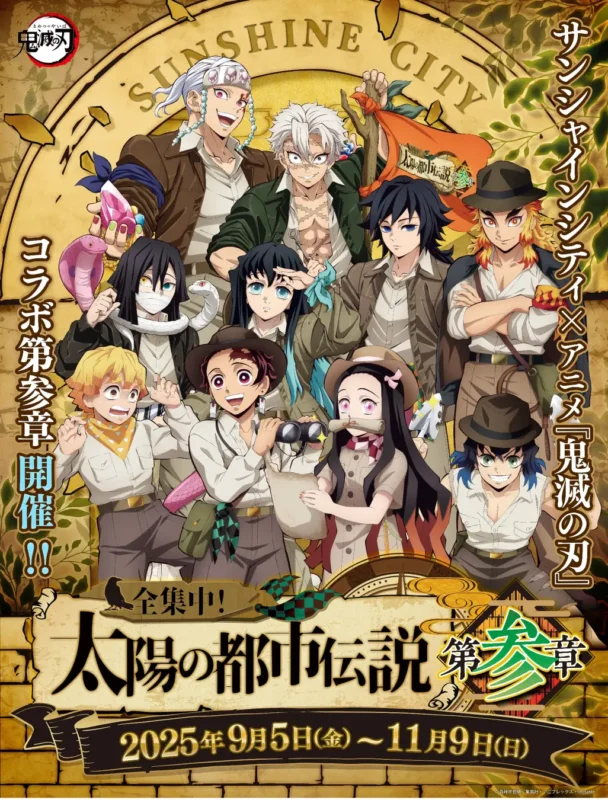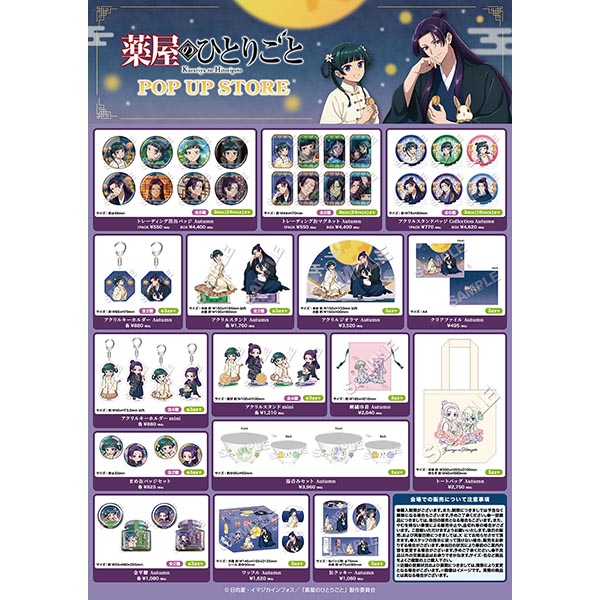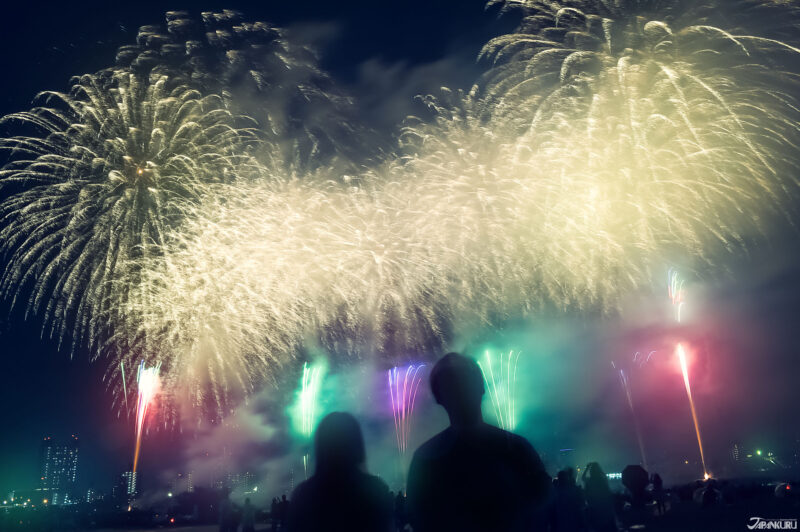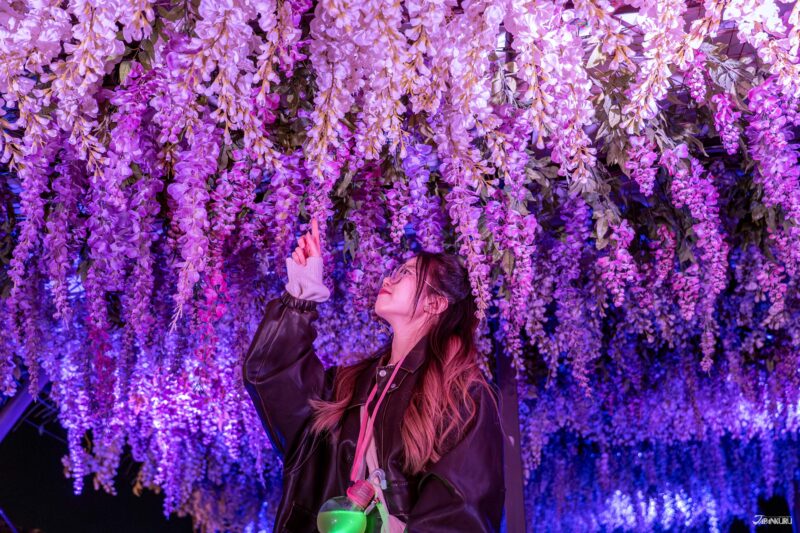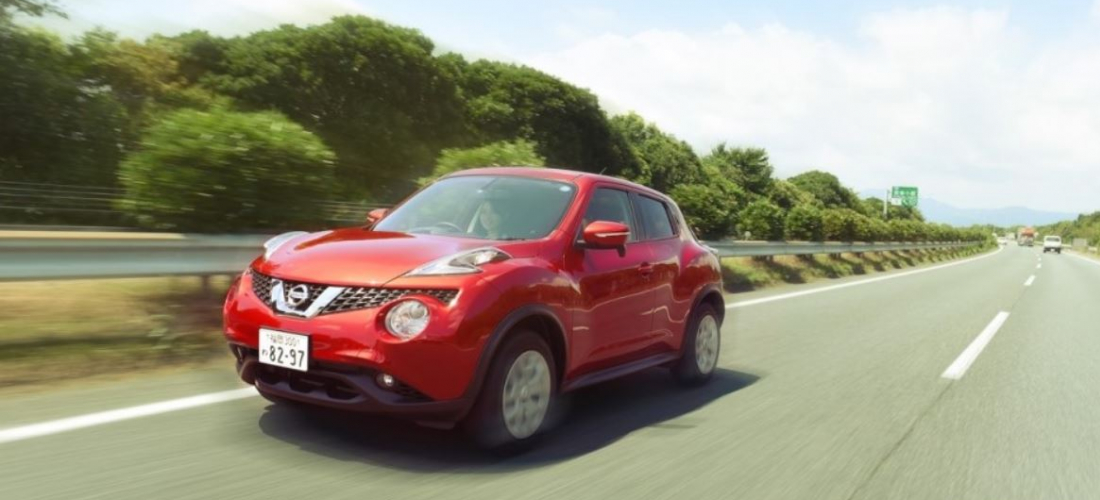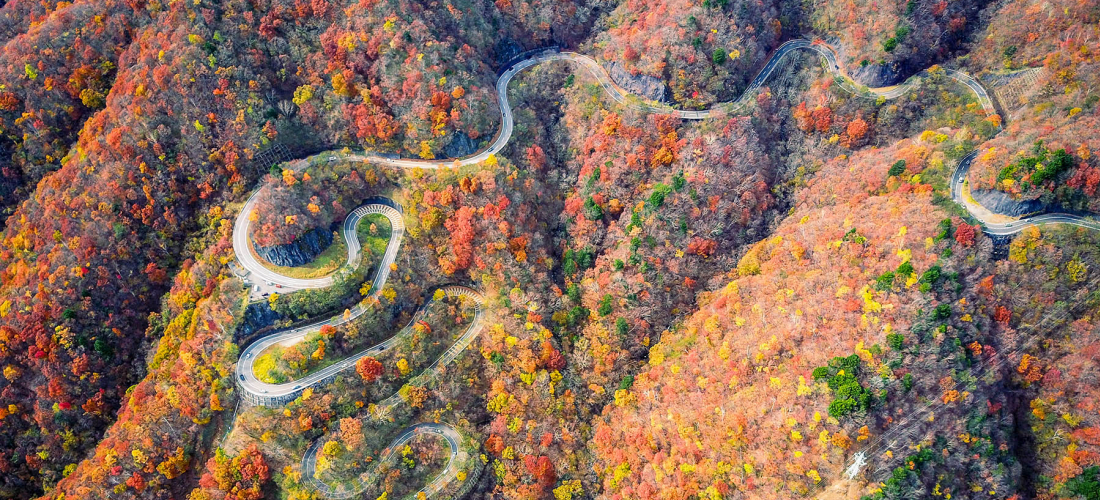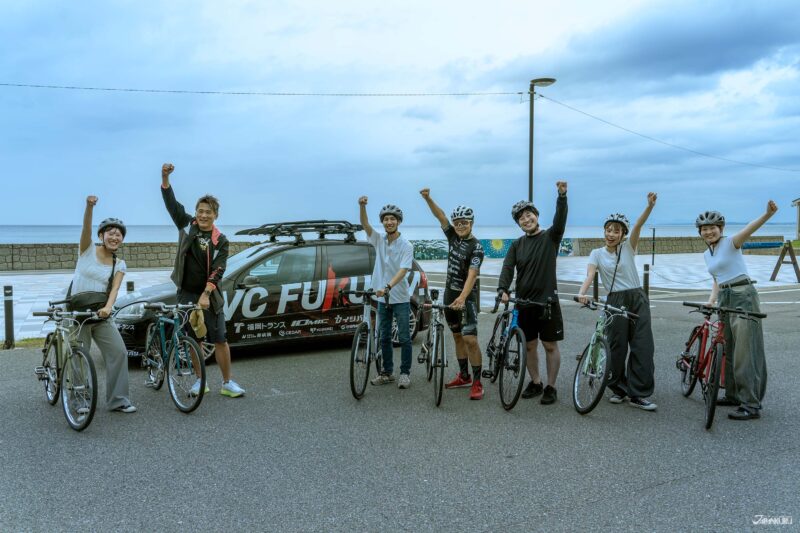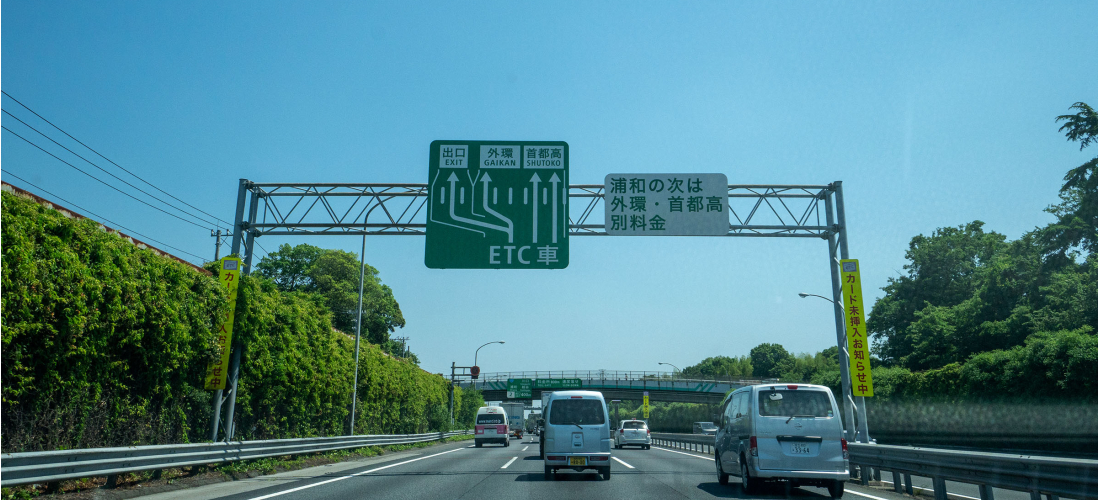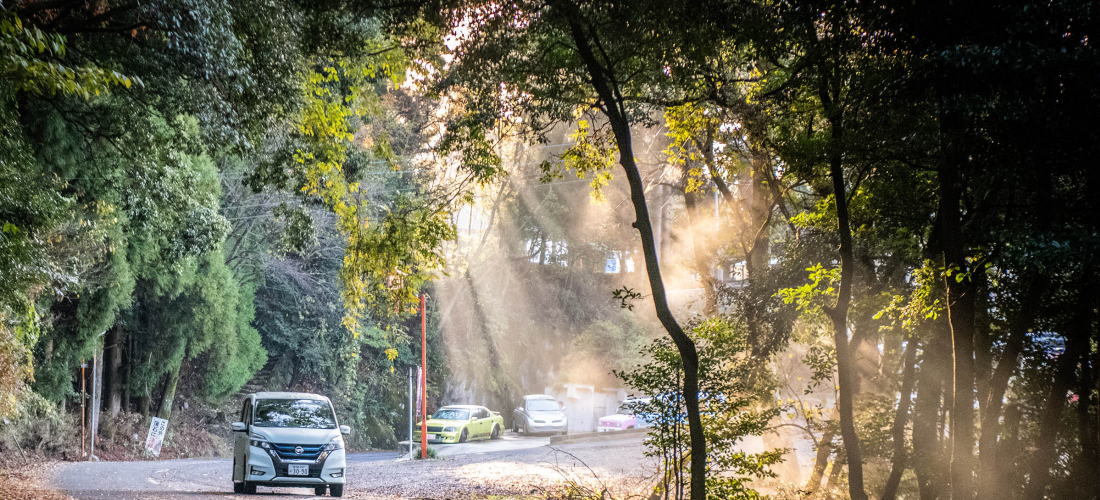
Southern Kyushu Road Trip: Discover Kyushu’s Best Spots With This Sightseeing Guide to Kagoshima, Miyazaki & Kumamoto
This article contains sponsored content.
Fun breathtaking volcanoes and stunning hot springs to cultural landmarks, explore some of Japan's most hidden gems on this Southern Kyushu road trip through Kagoshima, Miyazaki, and Kumamoto.
CONTENTS
A Kyushu Road Trip: Explore the Depths of Southern Japan
Located on the southwestern end of Japan, Kyushu feels far from destinations like Tokyo or Kyoto, although it’s actually easily accessible via a short plane trip (or a longer shinkansen). But this distance is probably the reason why Kyushu is still something of a mystery to most of the rest of the world – although you may have heard of Nagasaki, and some intrepid travelers even make their way to Oita’s treasured onsen village of Beppu every year. The truth of the matter, largely unknown to first-time visitors discovering Japan, is that the island of Kyushu consists of 7 Japanese prefectures: Fukuoka, Saga, Nagasaki, Oita, Kumamoto, Miyazaki, and Kagoshima.
So this time, on a hunt for fantastic destinations off the beaten path, the Japankuru team decided to design a trip visiting a few Kyushu prefectures that foreign travelers usually fail to visit. Join us on this beautiful autumn road trip through Kyushu to discover some of the best spots in Kagoshima, Miyazaki, and Kumamoto!
Kyushu: Majestic Natural Beauty and Hidden Stories From Japanese History

Kyushu is Japan’s third-largest island, perhaps best known for its beautiful, wide-open landscapes and abundant geothermal activity, which results in an abundance of luxurious hot springs and even active volcanoes. Some of the most famous examples include the ever-active Sakurajima, as well as Mount Aso, with its enormous caldera. They not only cradle the geothermal energy that fuels Kyushu’s famous onsen and picturesque plumes of smoke, but they’re beautiful spots worth seeing for their own sake.
Of course, despite Japan’s impressive transportation networks, the wide-open landscapes of southern Kyushu means that it’s one of those areas that’s easier to explore by renting a car. Public transportation is less developed, making it difficult to plan a trip, and especially frustrating when you know you’re missing out on so many amazing destinations. For that reason, and also the fact that road trips are pretty fun, we decided it made the most sense to rent a car and drive around Kyushu.


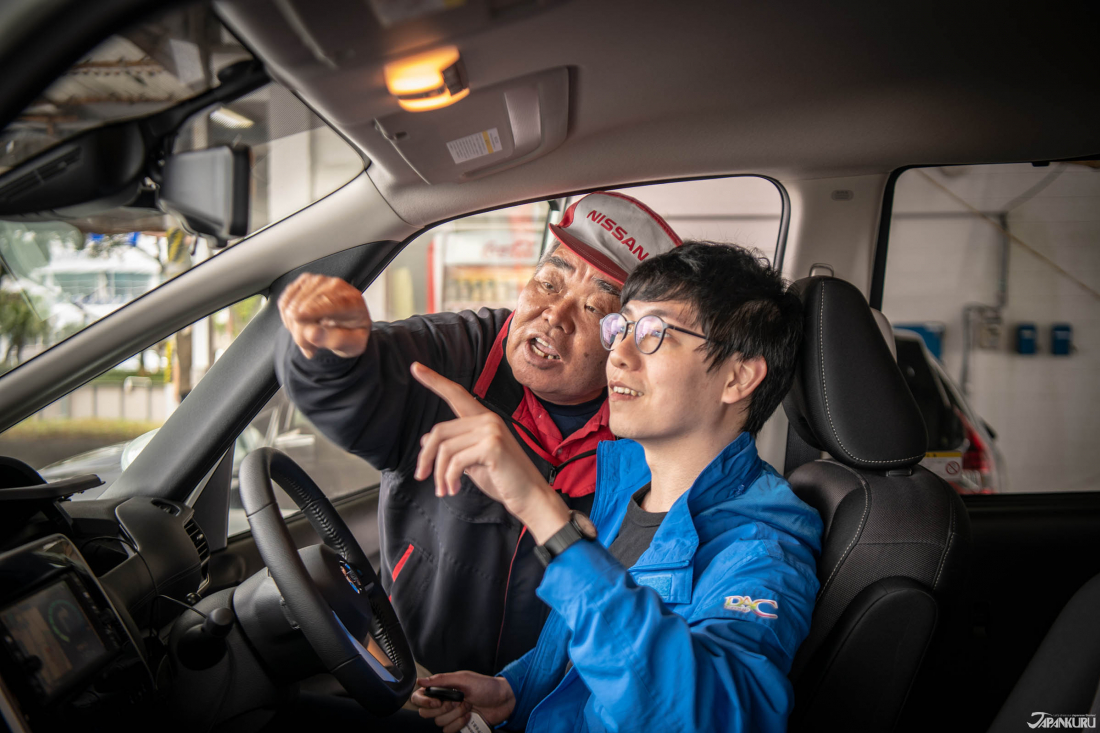
There are a number of rental car companies in Japan, but our choice for this southern Kyushu trip was Nissan Rent-a-Car. We went for a van with space for plenty of people and even more luggage, but you’ll find a variety of car styles and sizes to choose from! We were pleased to find that Nissan Rent-a-Car regularly renews their vehicle selection for added safety and reliability – and even happier to see how hard the company is working to make it easy for foreign visitors to rent a car in Japan.
Kyushu Road Trip Itinerary: Kagoshima

Kagoshima Prefecture is sometimes called “the Naples of Japan” due to its bayside location beside the massive composite volcano of Mt. Sakurajima. (In fact, Naples and the city of Kagoshima even signed a sister city agreement in 1960.) But it’s not just one beautiful island that makes Kagoshima special – the prefecture is home to some of the most spectacular scenery in Japan, tucked in between the seas and the mountains, as well as plenty of fabulous local food like Kagoshima black pork (or “kurobuta”) and sweet potatos – used to make their famous sweet potato shochu.
▶︎ If you are looking for a place to stay in Kagoshima, check out the Best Western in Kagoshima that sits along the coast with a direct view of the active volcano Mt. Sakurajima.
Sand Bath Center “Saraku” (指宿温泉)
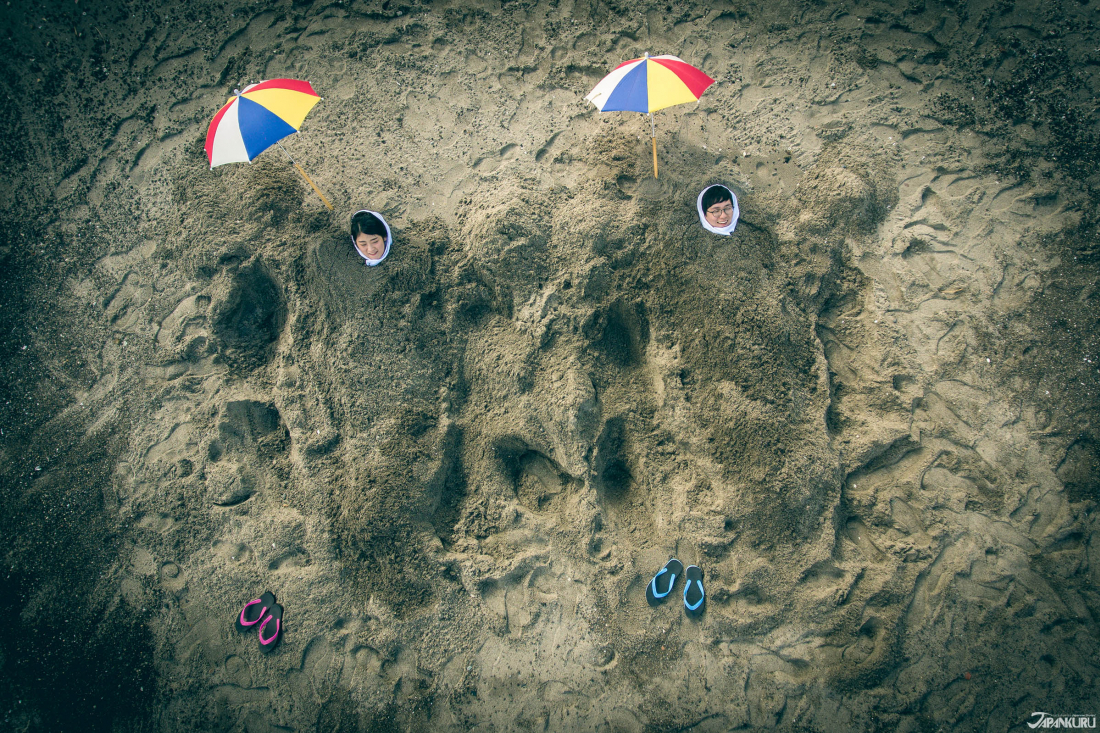
Ibusuki Onsen is a coastal hot springs area located about an hour from downtown Kagoshima, but the “onsen” that Ibusuki is famous for are no normal baths. Here, the geothermal activity allows for warm sand bathing, and visitors come to immerse themselves in sand baths called “sunaburo” (砂風呂). Even the sand here is different from what you’d find at a regular beach – a volcanic mix with temperatures as high as 176℉ (80℃)! Whether or not you believe the sand baths will help remove toxins, as they tend to claim, the hot sand offers a truly unique way to relax.
Sand Bath Center “SARAKU” (砂むし会館 砂楽)
5-25-18 Yunohama, Ibusuki, Kagoshima
Hours: 8:30 – 21:00
Admission: adults (13+) 2,100 yen | children 1,400 yen
Official Website (jp)
Shirokuma Cafe (天文館むじゃきの白熊・しろくま)
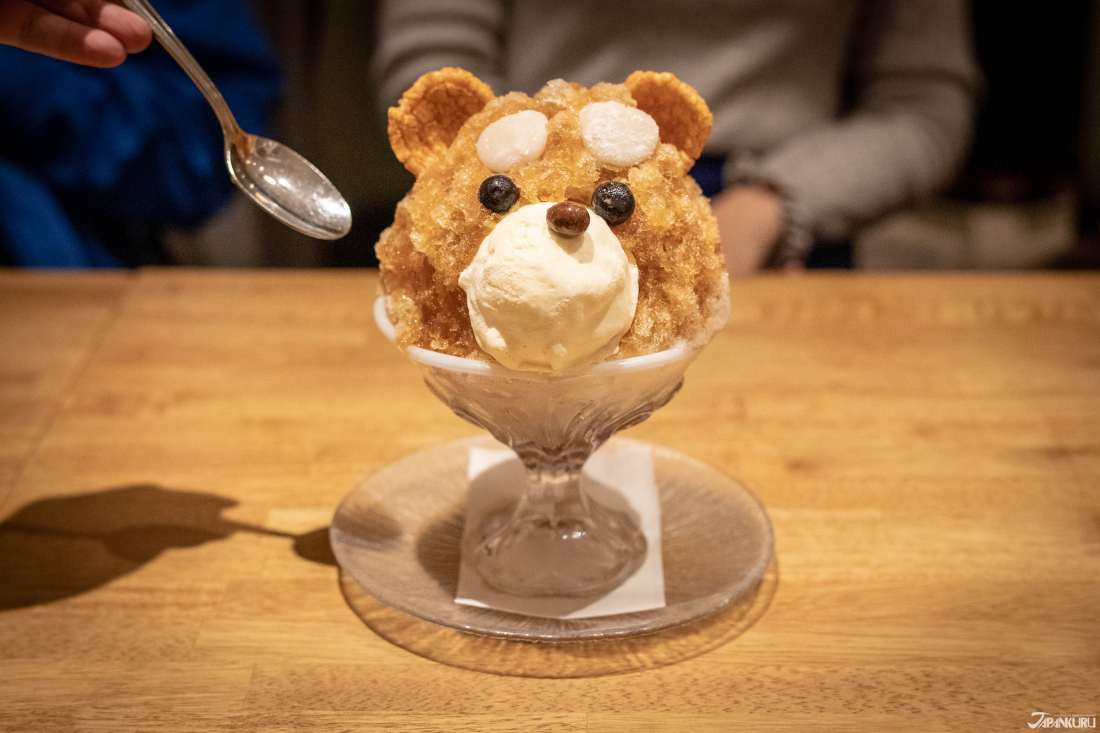
Kakigori shaved ice is a summer staple in Japan, eaten at festivals and cute cafes, traditionally topped with sweet syrups, condensed milk, and toppings like mochi, cherries, pineapple, or red bean paste. But in Kagoshima, kakigori is taken to the next level at the famous shaved ice shop “Shirokuma.” When the shop opened in 1947, they served up shaved ice topped with just condensed milk and a few simple decorations, and the resemblance led to customers calling it “polar bear” or “shirokuma” kakigori. These days, they really lean into the polar bear theme, offering classic polar bear ices alongside other adorable sweet treats.
Shirokuma Cafe (天文館むじゃきの白熊・しろくま)
5-8 Sennichicho, Kagoshima
Hours: 11:00 – 19:00
Phone: 099-222-6904
Official Website (jp)
Kirishima Jingu Shrine (霧島神宮)
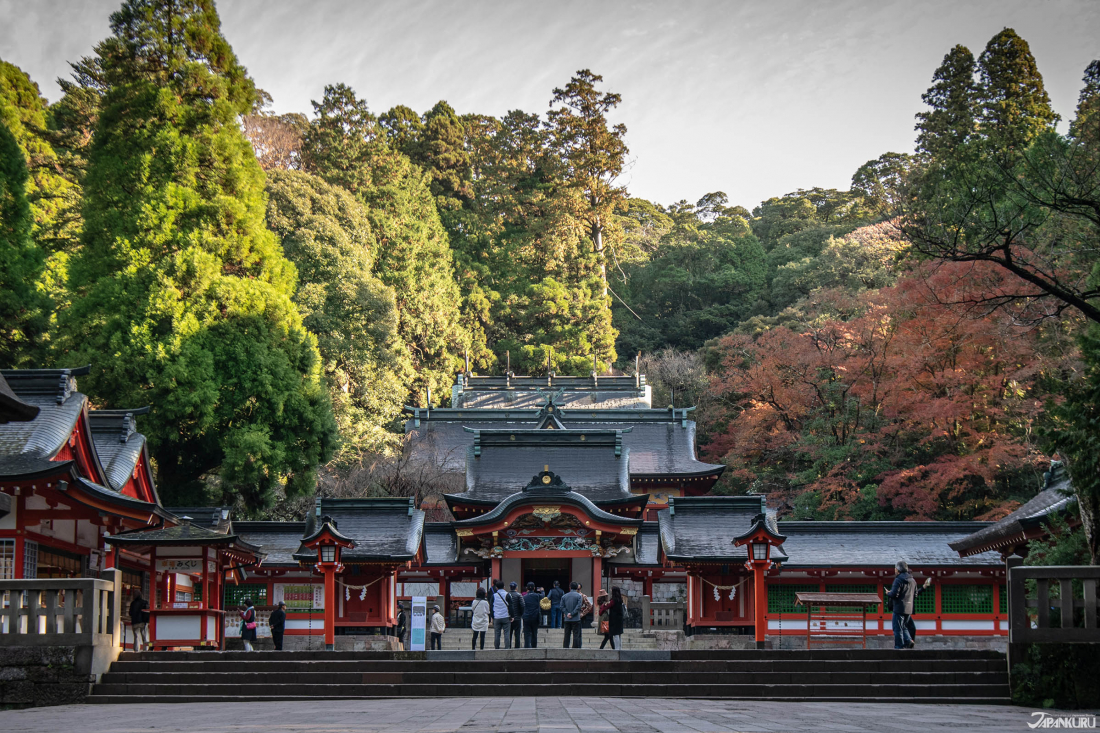
First established back in the 6th century, Kirishima Jingu Shrine is an officially designated Important Cultural Property in Japan – so important that it plays a role in Japanese mythology. Legend tells us that the god Ninigi no Mikoto, the grandson of the sun goddess Amaterasu, descended from the sky and arrived at Kirishima Jingu in order to rule over Japan among the people. It’s said that the Japanese imperial line descended from the gods, and Ninigi was the great-grandfather of Japan’s first emperor, Emperor Jimmu.
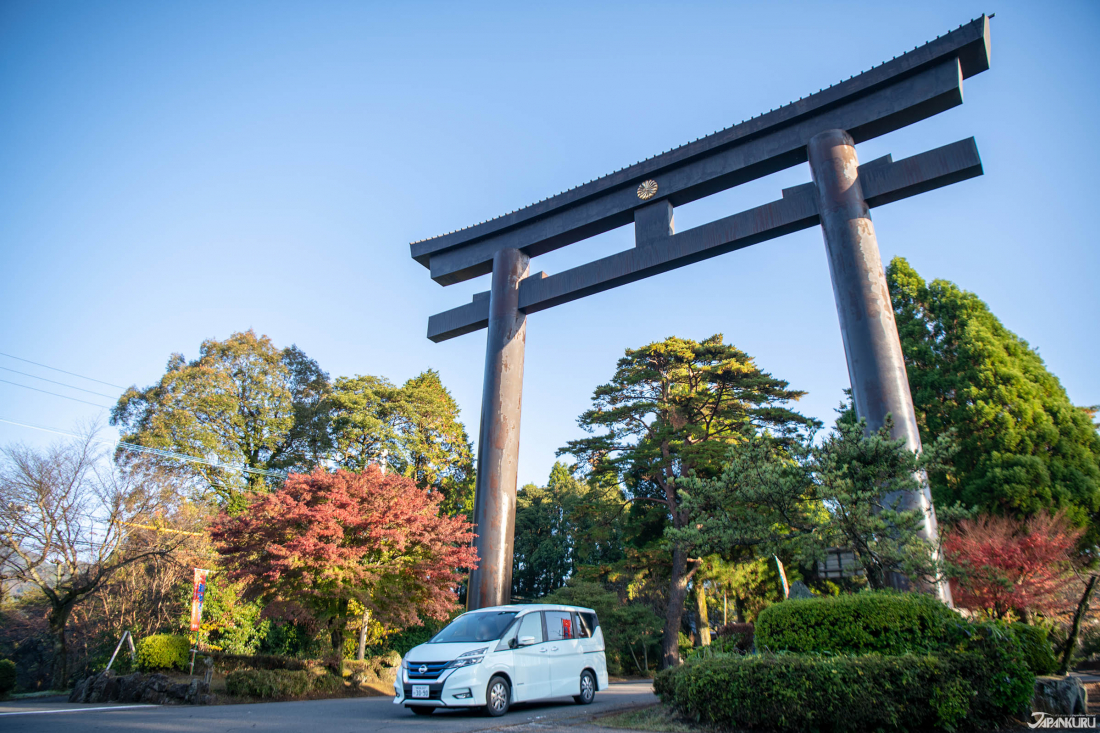
The original shrine structures were located deep in the mountains, but the whole thing has been reconstructed several times due to volcanic eruptions. Eventually, the shrine was moved to a less remote location, and you can now see Kirishima Jingu Shrine in the spot where it’s been standing for over 300 years, since 1715.
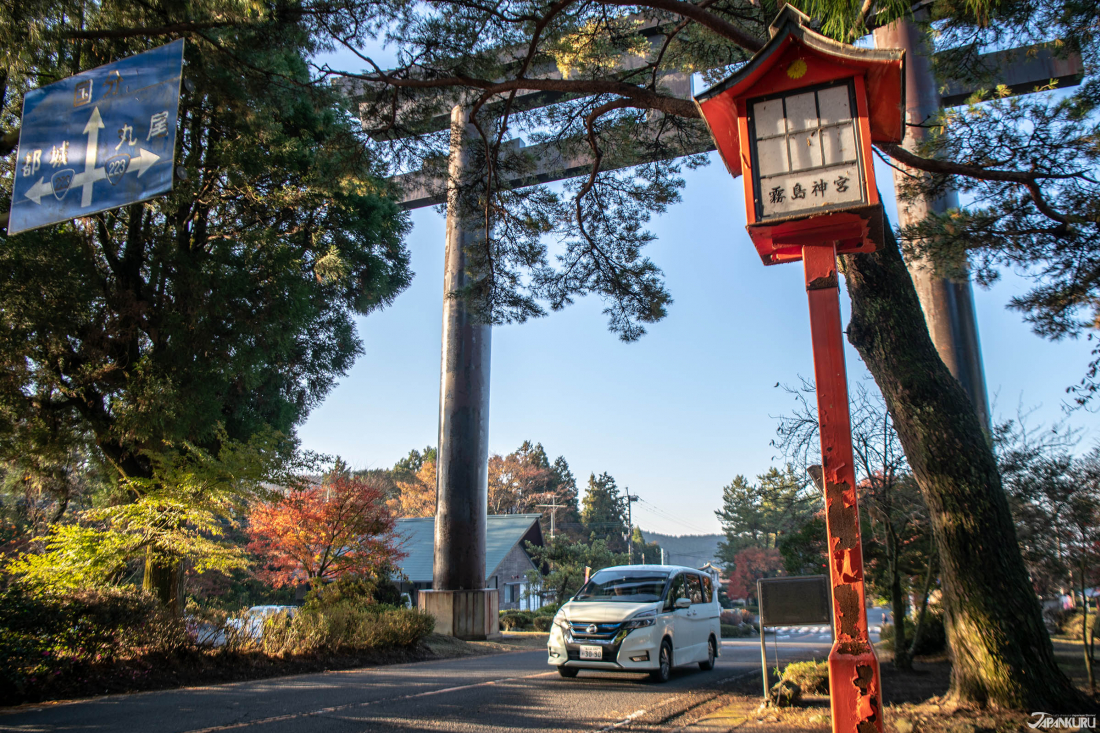
Kirishima Jingu Shrine (霧島神宮)
2608-5 Kirishimataguchi, Kirishima, Kagoshima
*Parking available.
Official Website (jp)
Sengan-en Garden (仙巌園)
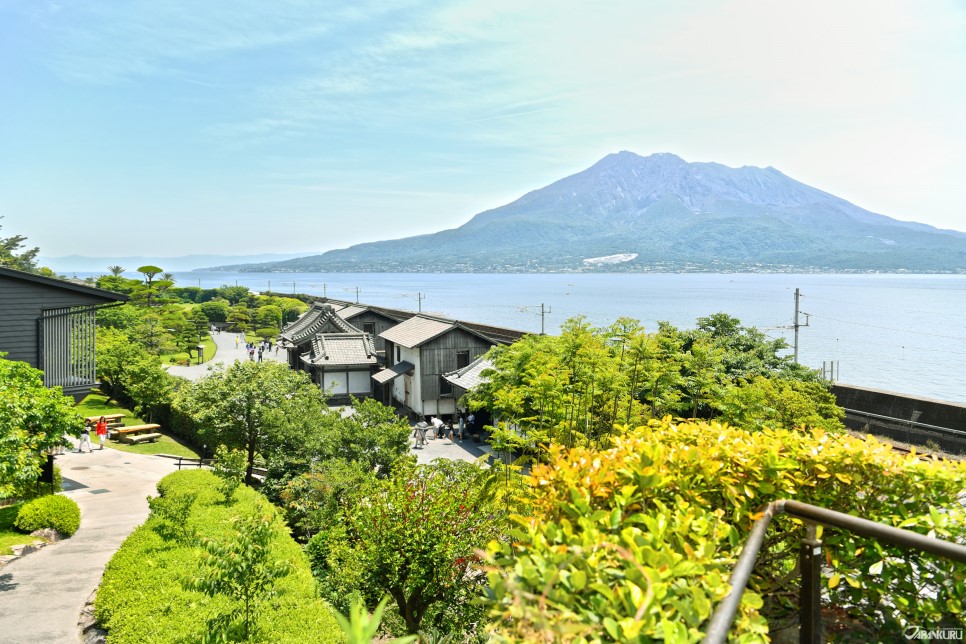
Originally constructed in 1658, Sengan-en Garden (仙厳園) is now a registered World Heritage Site, and even CNN has designated the garden as one of the most beautiful in the world. Sengan-en offers a unique glimpse into traditional Japanese garden design – the garden is noted for its design that borrows the neighboring bay as a “water feature,” and imagines the volcanic Sakurajima Island as a part of the garden landscape!
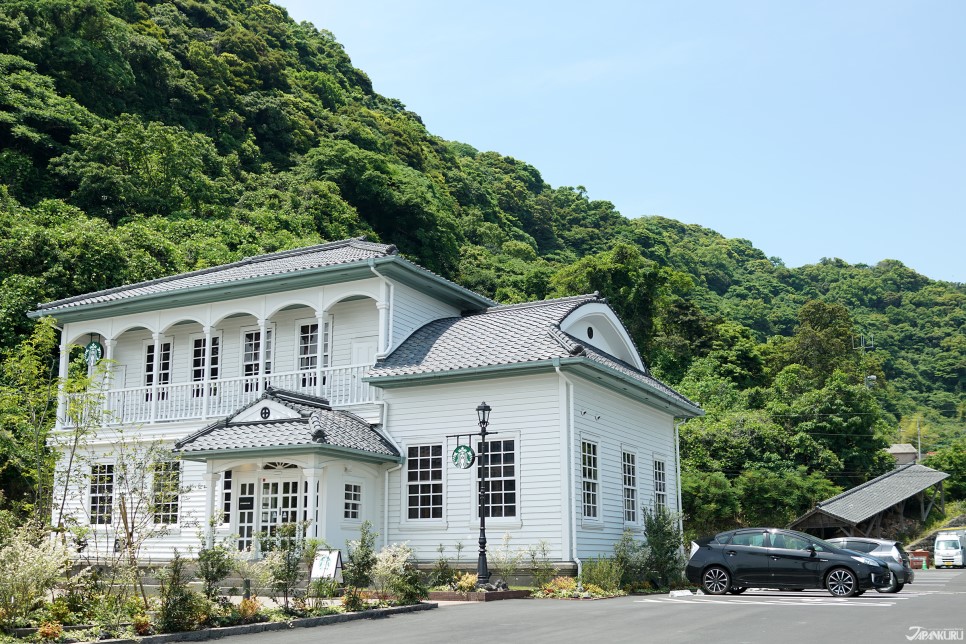
Sengan-en was originally constructed as a private garden for the Shimazu Clan, and one of their more recent historical residences near the garden was refurbished in 2017, turning the inside into a Starbucks. The two-story wooden structure is still beautiful to see from the outside, and inside it offers four different spacious rooms for customers to relax during their visit to Sengan-en.
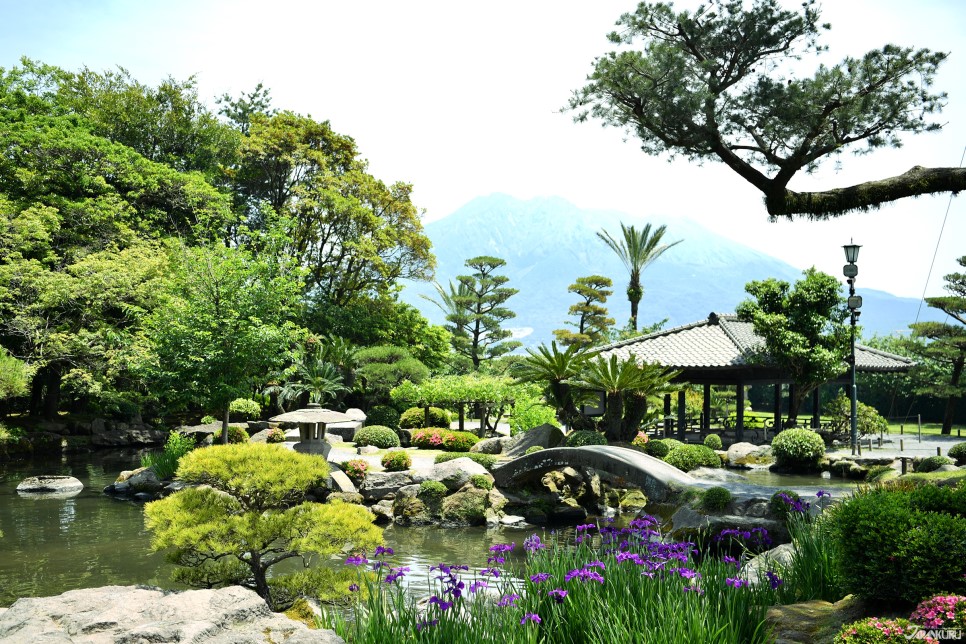
Sengan-en Garden (仙巌園)
9700-1 Yoshino-cho, Kagoshima
Hours: 9:00 – 17:00
Admission: adults 1,600 yen | students 800 yen
Official Website (jp)
Ryokojin-sanso Ryokan (旅行人山荘)

A visit to a hot spring ryokan is an absolute must for any onsen lover exploring Kagoshima. The Japankuru team chose to visit Ryokojin-sanso, a mountain lodge opened in 1917, approximately 100 years after hot springs were found in the area. While most hot springs just recommend soaking in the water, and not ingesting it, this onsen actually recommends drinking the water too – they say it has gastrointestinal health benefits.
Ryokojin-sanso Ryokan (旅行人山荘)
3865 Makizonocho Takachiho, Kirishima, Kagoshima
Official Website (jp)
Kyushu Road Trip Itinerary: Miyazaki
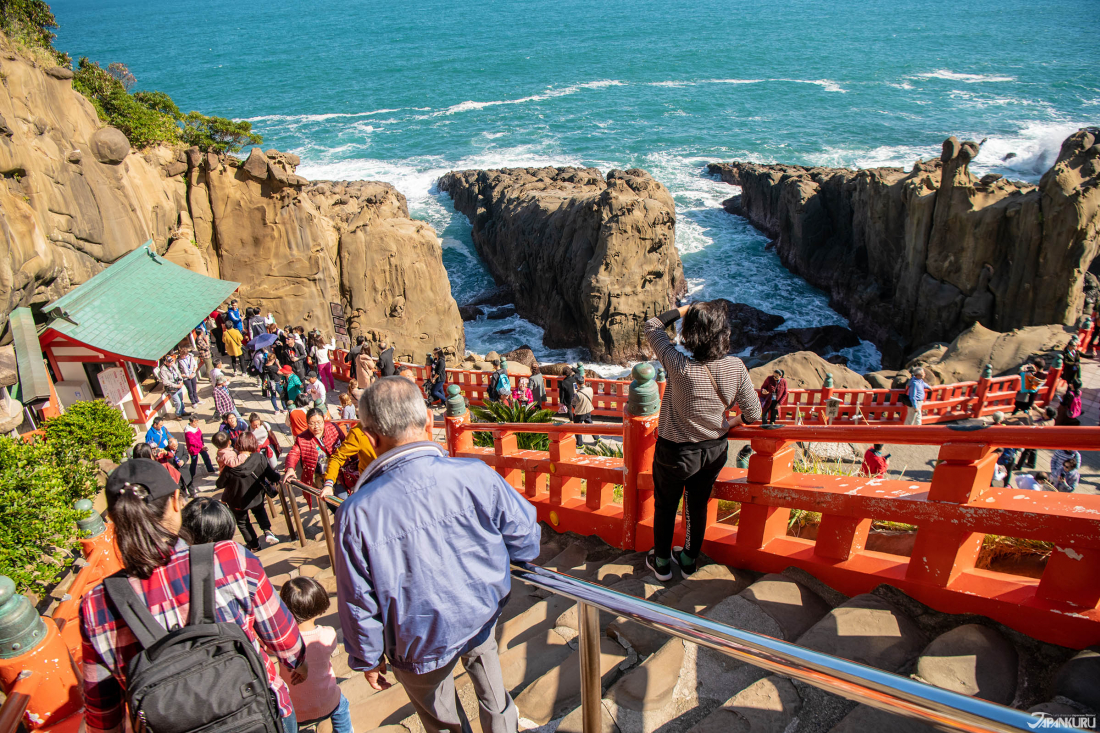
Miyazaki Prefecture is sometimes called “the birthplace of Japan,” and it’s known for its many historical sites with strong ties to Japanese mythology, as well as its striking beaches. When it comes to food, Miyazaki beef and a fried chicken dish called “chicken nanban” are the prefecture’s pride and joy, so if you get the chance to try either of the two, please do!
Kunimigaoka (国見ヶ丘)
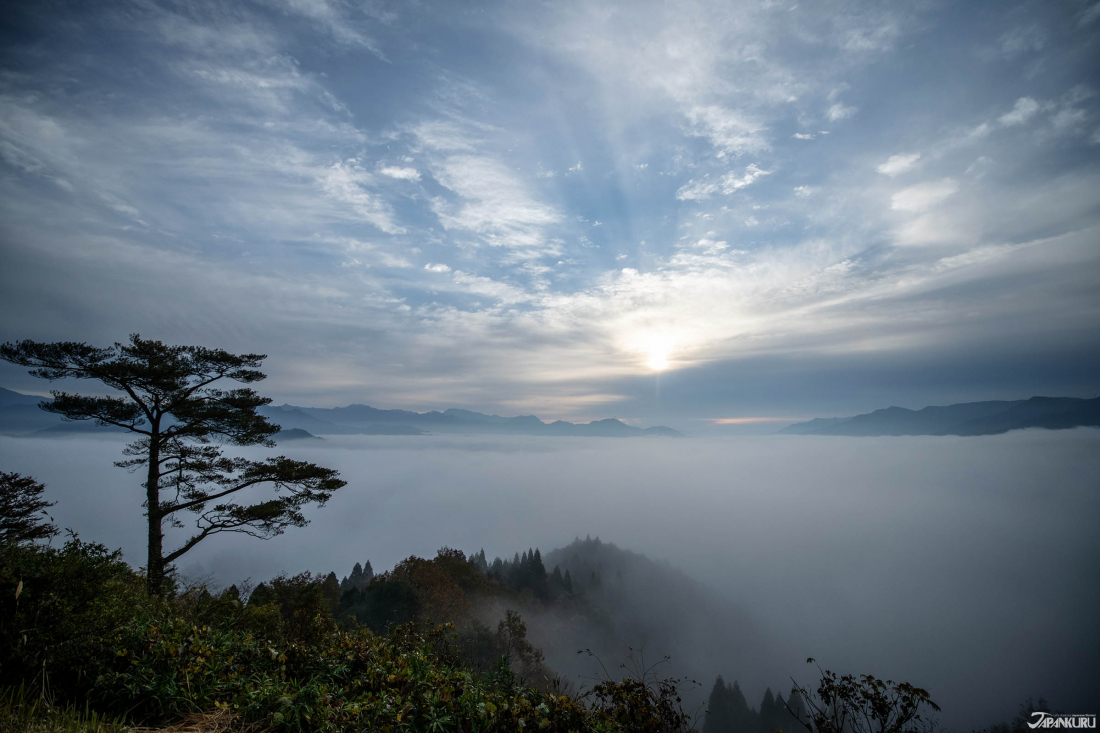
Rising 513 meters above sea level, Kunimigaoka Hill feels like it’s nestled in a sea of clouds, offering truly otherworldly views at sunrise. The Kunimigaoka Viewing Platform at the very top of the hill has even been rated in the Michelin Green Guide to Japan.
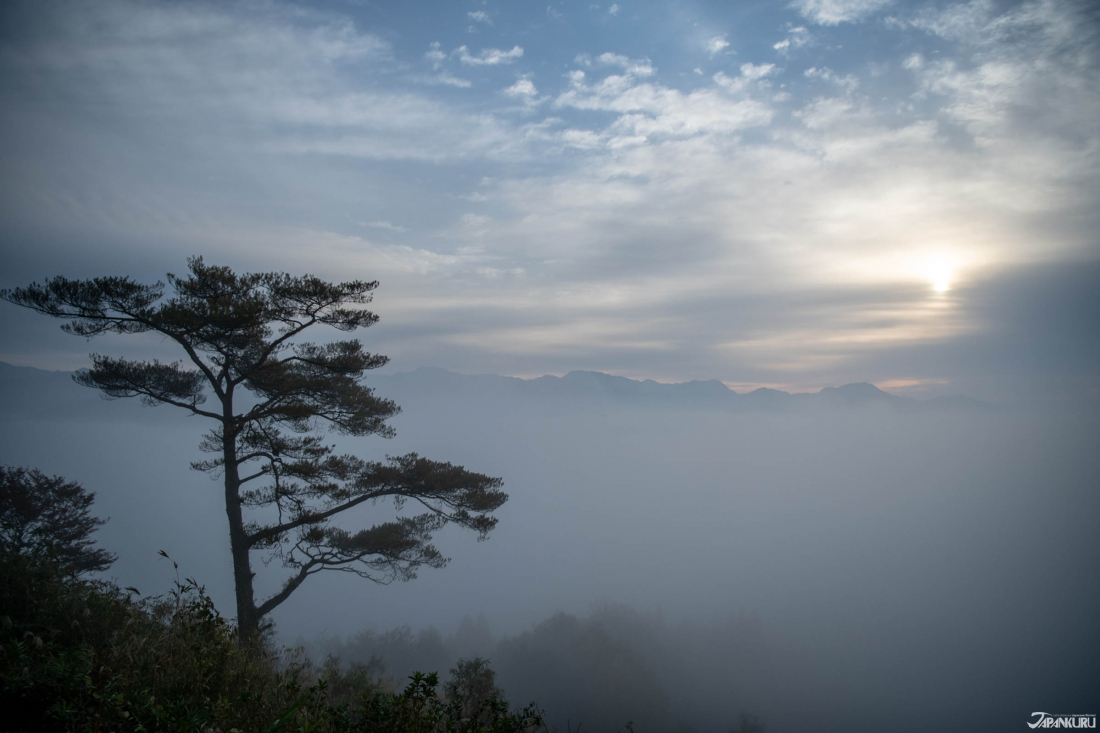
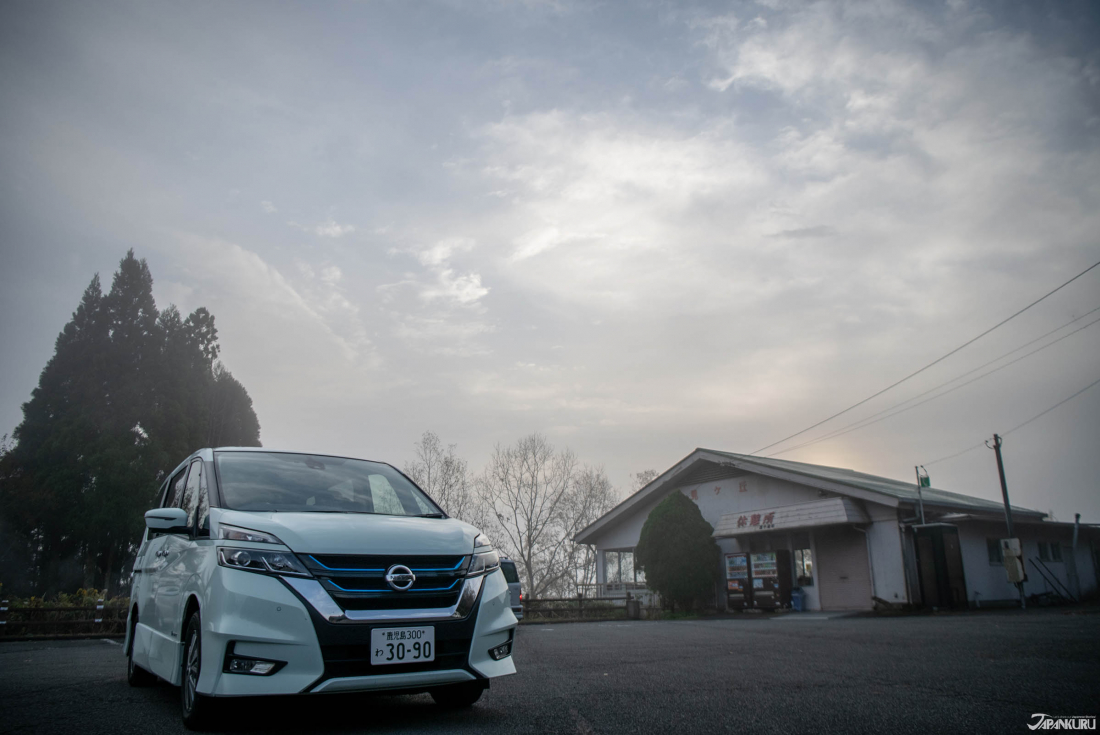
If you want the very best view of this misty phenomenon, aim to visit on a still day in autumn or early winter, when the sea of clouds is at its thickest. Of course, even if the wind blows away this temporary “sea,” all it means is that you get a beautiful view of the Takachiho Basin and surrounding mountains instead!
Kunimigaoka (国見ヶ丘)
Oshikata, Takachiho, Nishiusuki District, Miyazaki
Udo Jingu Shrine (鵜戸神宮)

Udo Jingu Shrine is believed to be the mythical birthplace of the first Emperor of Japan, Emperor Jimmu (神武天皇) – not so far from the place where his divine great-grandfather arrived in Japan. It’s not only a historical landmark, though – the shrine is visually striking thanks to its bright vermillion-paint walls and green patina roof, tucked inside a cliff overlooking the ocean.
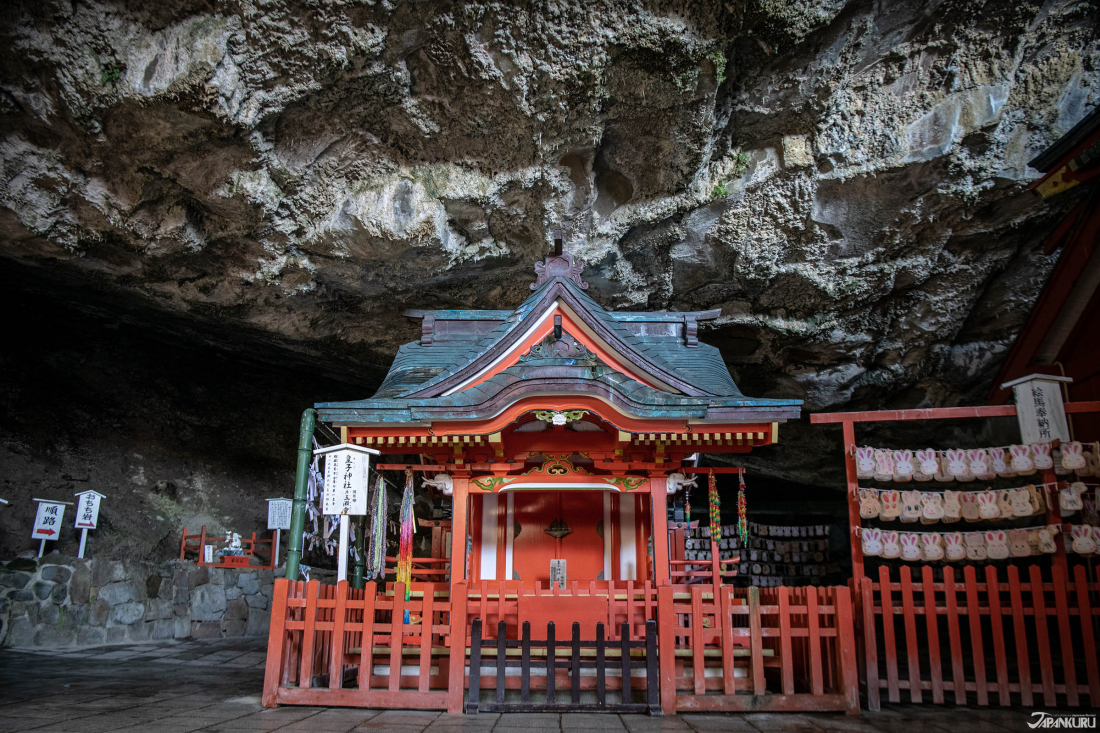
According to legend, the goddess of the waves cut down the cliffs to create the caves here, convincing the locals to build a shrine in the newly opened space. Shrine lore even says that drinking the water that drips from the cave rocks can be beneficial for pregnancy, childbirth, nursing, and even women hoping to have children. Results may vary.
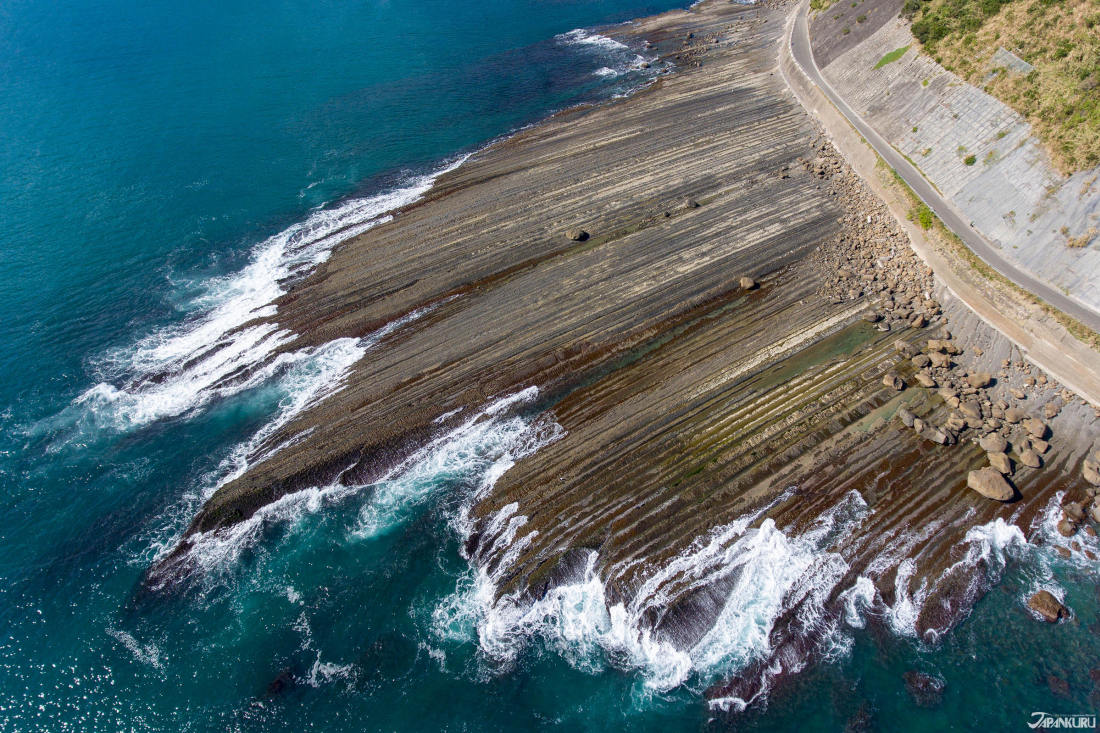
On the shore nearby, you can also spot this unique rocky outcropping. The unusual natural rock formation is known as the “Demon’s Washboard” (鬼の洗濯板)!
Udo Jingu Shrine (鵜戸神宮)
3232 Miyaura, Nichinan, Miyazaki
*Parking available.
Official Website (jp)
Sun Messe Nichinan (サンメッセ日南)

Unusual roadside attractions can be found all over the world, and here in Miyazaki you won’t want to miss Sun Messe Nichinan, where you can see seven large moai statues built on a hill along the coast. The Sun Messe statues here are actually the only officially sanctioned moai replicas in the entire world! When the people of Chile’s Easter Island were having trouble preserving the real moai statues in the 1990s, overwhelmed by the damage of natural disasters and civil war, a Japanese research and restoration team was formed to contribute to the project – and world peace. In recognition of these efforts, Easter Island gave permission for these replicas to be built in Miyazaki, and nowhere else.
Sun Messe Nichinan (サンメッセ日南)
2650 Miyaura, Nichinan, Miyazaki
Hours: 9:30 – 17:00 | closed Wednesdays
Admission: adults 1,000 yen | students 700 yen | children 500 yen
*Parking available.
Official Website (jp)
Local Miyazaki Cuisine: Chicken Nanban
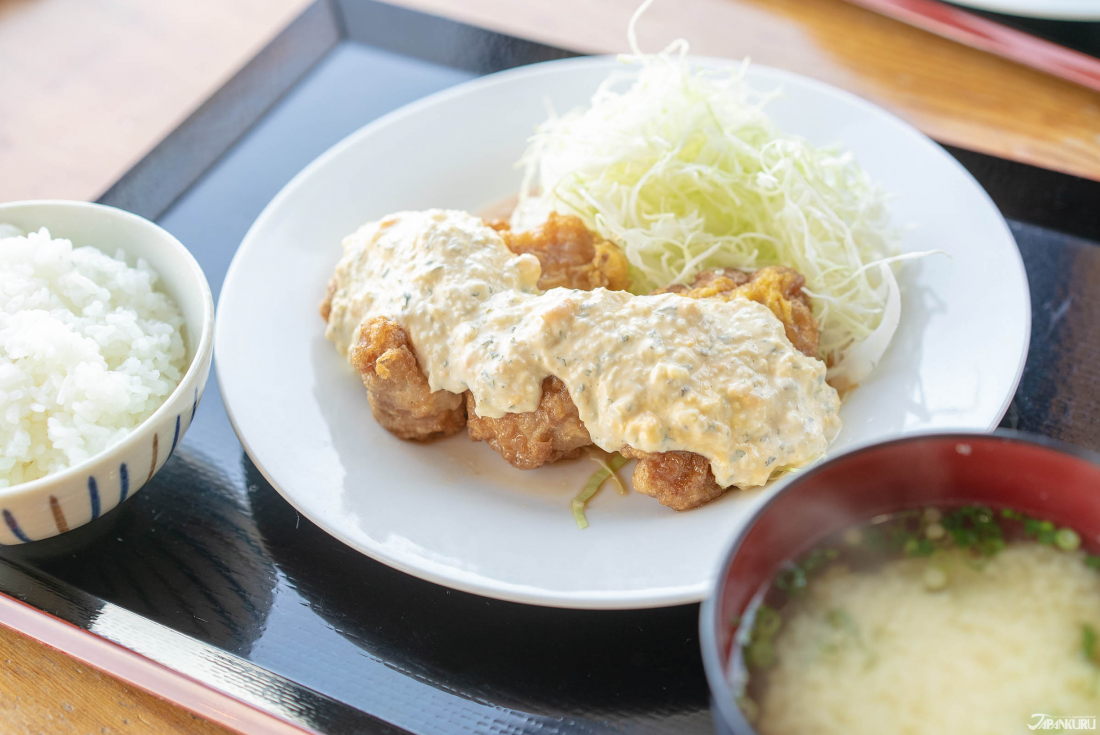
Chicken nanban (チキン南蛮) is a simple, indulgently delicious dish created in Miyazaki: fried chicken breast dipped in a sweet soy and vinegar sauce, then topped with a generous layer of tartar sauce. It may come as no shock that this dish is so well-loved in Japan that it can be found in restaurants all over the country, but you haven’t lived until you’ve tried real, local chicken nanban in Miyazaki. We stopped in a little local spot called Shanshan Chaya to get ours for lunch!
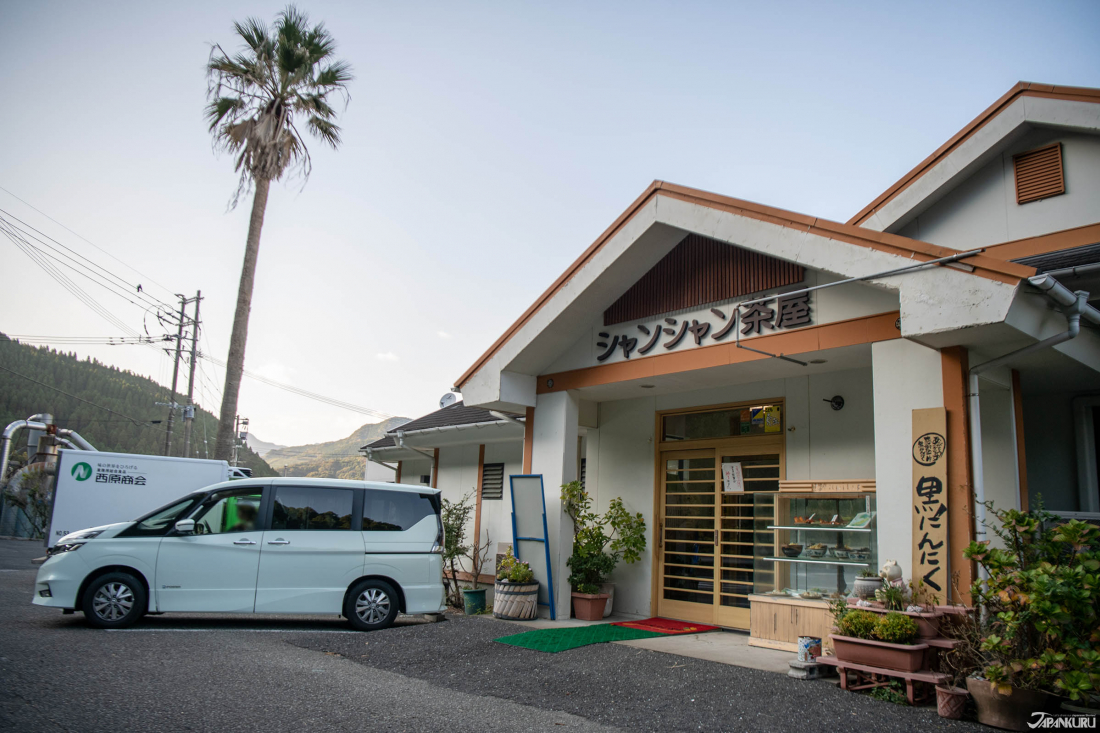
Shanshan Chaya (シャンシャン茶屋)
99-1 Ibii, Nichinan, Miyazaki
Hours: 9:30 – 17:00
Takachiho Gorge (高千穂峡)
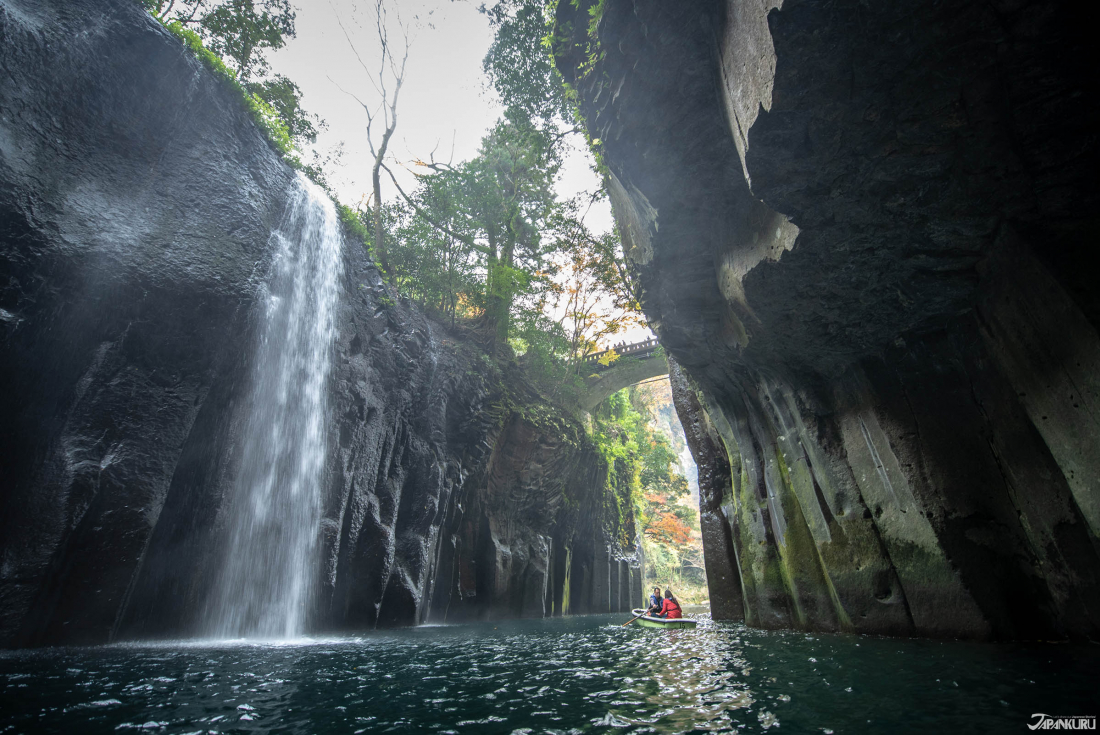
Takachiho Gorge (高千穂峡) is one of Miyazaki’s most beautiful scenic spots: a V-shaped gorge formed from the lava that erupted from nearby Mount Aso. Over time, the lava rock eroded to create the 80 to 100m high volcanic basalt cliffs we see today, which are said to resemble dragon scales.
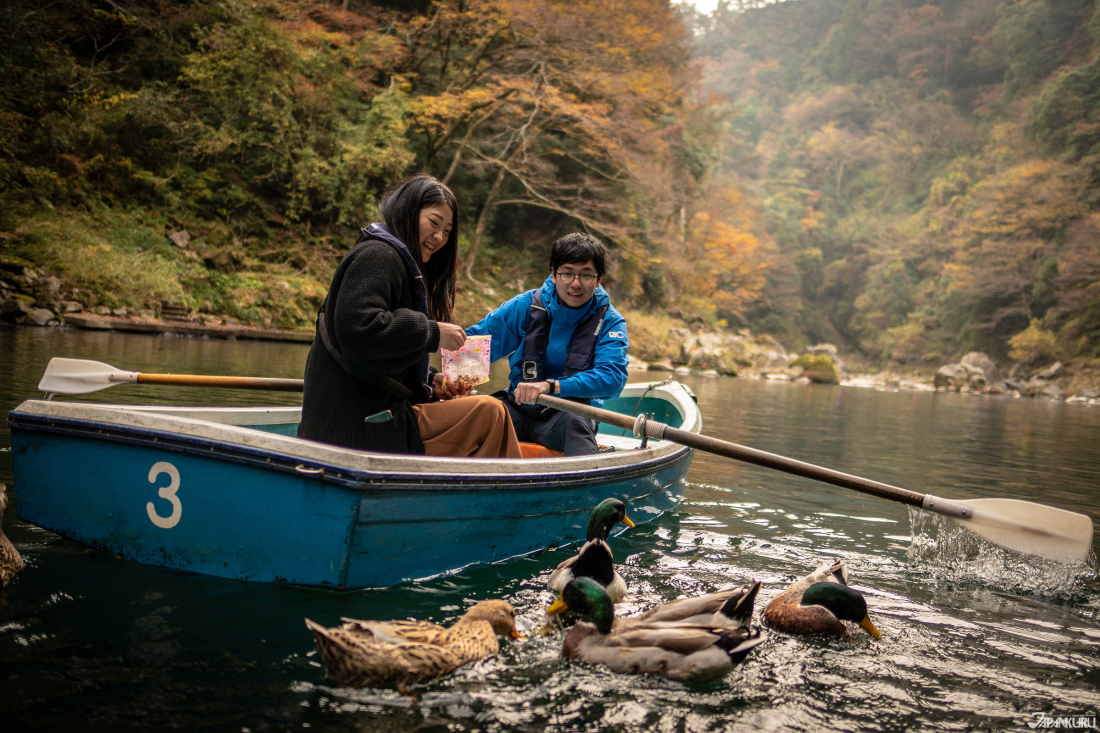
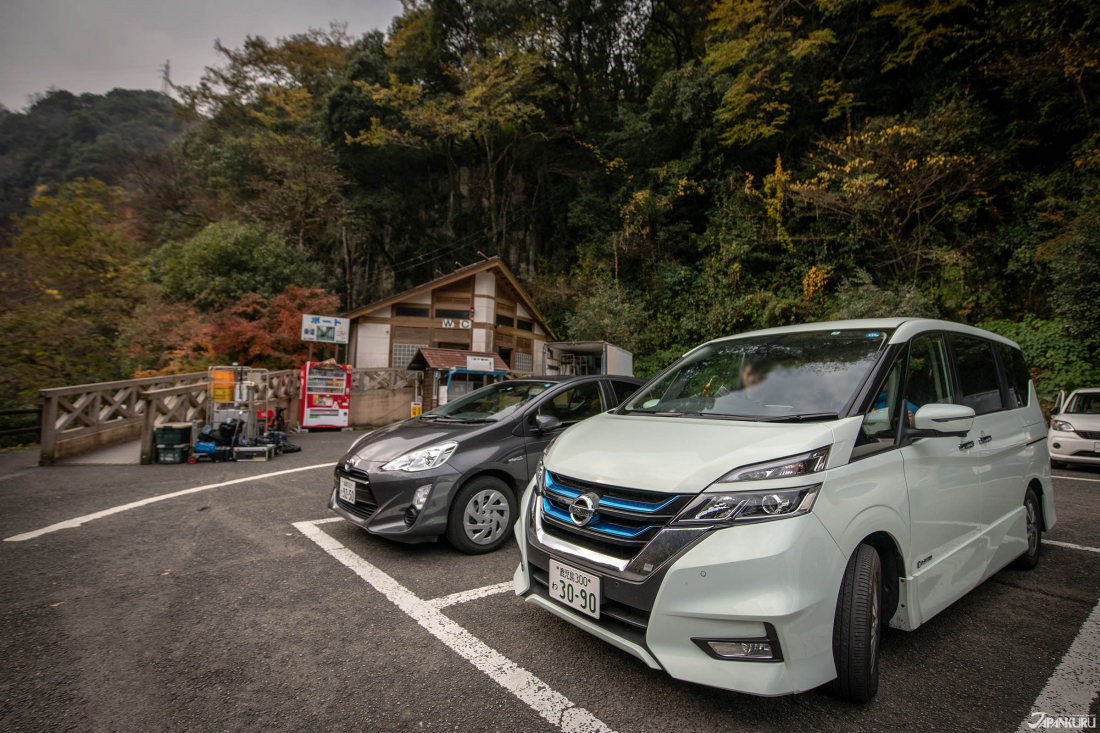
It’s common for visitors to start at the southern end of the gorge, where you can rent a rowboat for a leisurely trip through the gorge. Along the river, you may or may not run into local wildlife, but you’ll definitely encounter some picturesque waterfalls – these are beautiful when viewed from below, or from up above, on the cliffs!
Takachiho Gorge (高千穂峡)
Mukoyama, Takachiho, Nishiusuki District, Miyazaki
Boat Rental Hours: 8:30 – 16:30
*Paid parking available.
Official Website (jp)
Amanoyasukawara (天安河原)
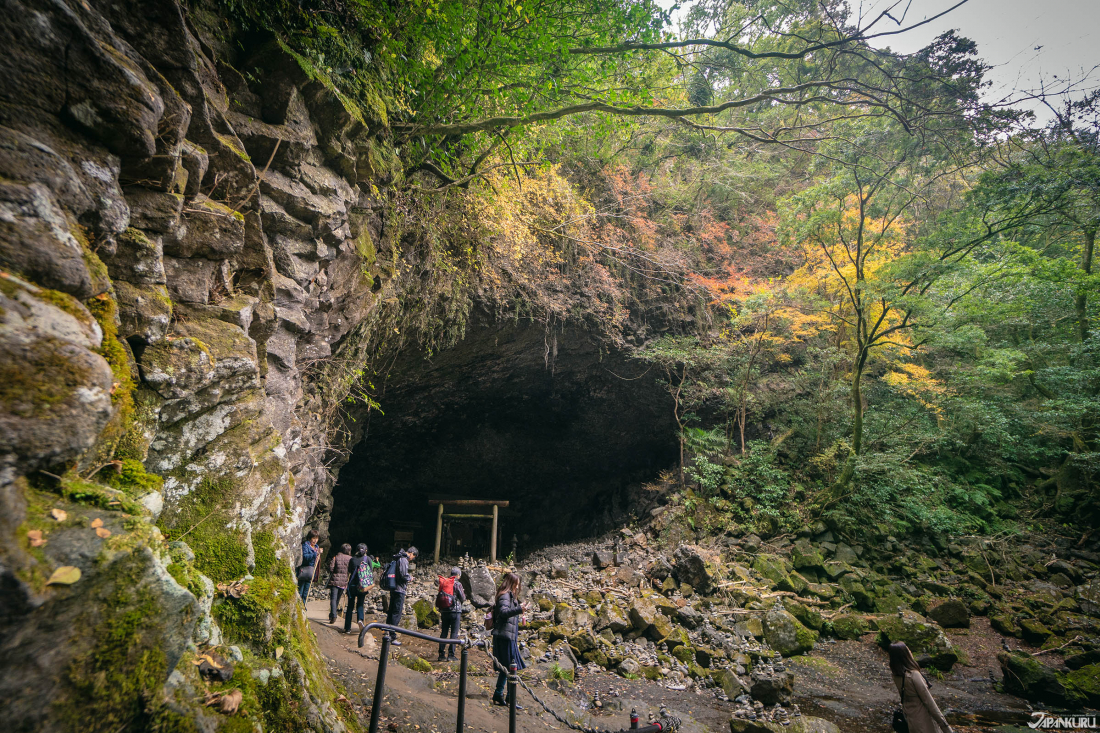
Along Miyazaki’s Iwato River, a ten-minute walk from the Amanoiwato Shrine, you’ll find a large cavern said to be the place where Japan’s pantheon gods and goddesses came to confer when they needed to get the sun goddess Amaterasu to come out of her own rocky cave, and end the darkness she had cast upon the world. Called the Amanoyasukawara or the Gyobogaiwa, this riverside cavern originally contained just a simple shrine structure, but centuries of visiting pilgrims carried stones to the site and arranged them in piles. The immense collection of piled stones on the Amayasu riverbank certainly adds an impressive visual aspect to this legendary location.
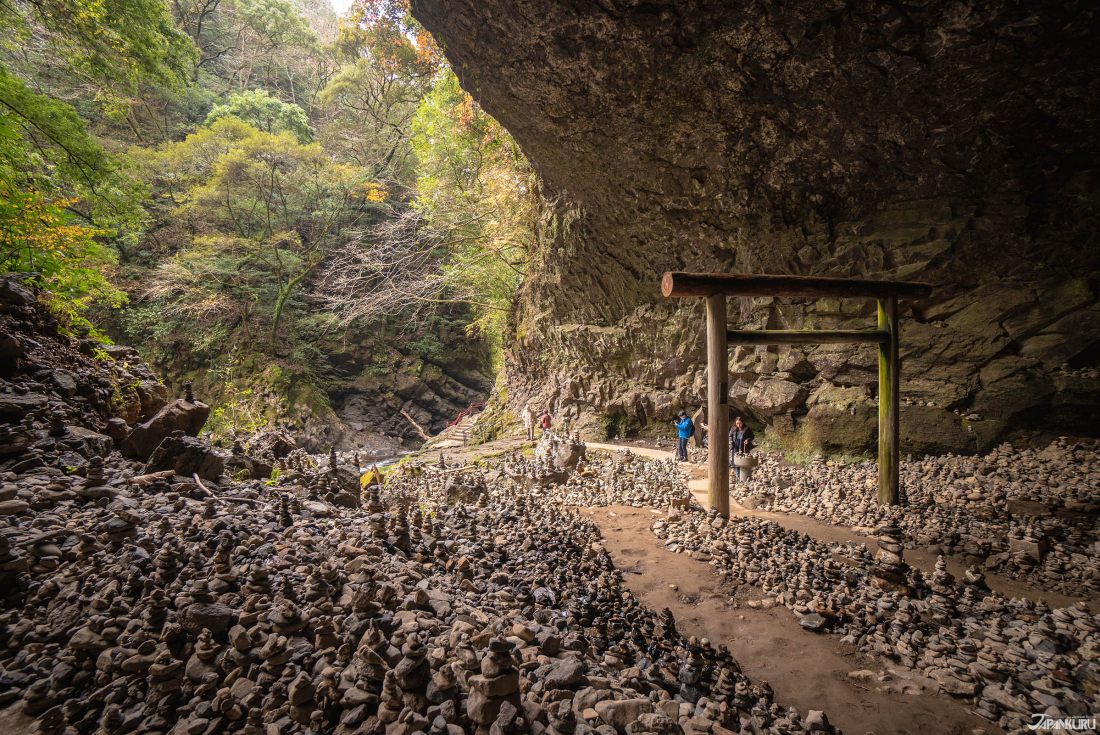
Amanoyasukawara (天安河原)
Iwato, Takachiho, Nishiusuki District, Miyazaki
Umagase (馬ヶ背)

On the very tip of Cape Hyuge, this precipitous 70m cliff, with its cracked hexagonal stone columns, offers a magnificent, unobstructed view of the Pacific Ocean – a real, concrete reminder that the earth is round! Just remember to visit this free observatory before sundown, or else all you’ll see is an abyss of dark sky and dark water!
Umagase (馬ヶ背)
Hososhima, Hyuga, Miyazaki
Gokase Campsite (五ヶ瀬の里キャンプ村)
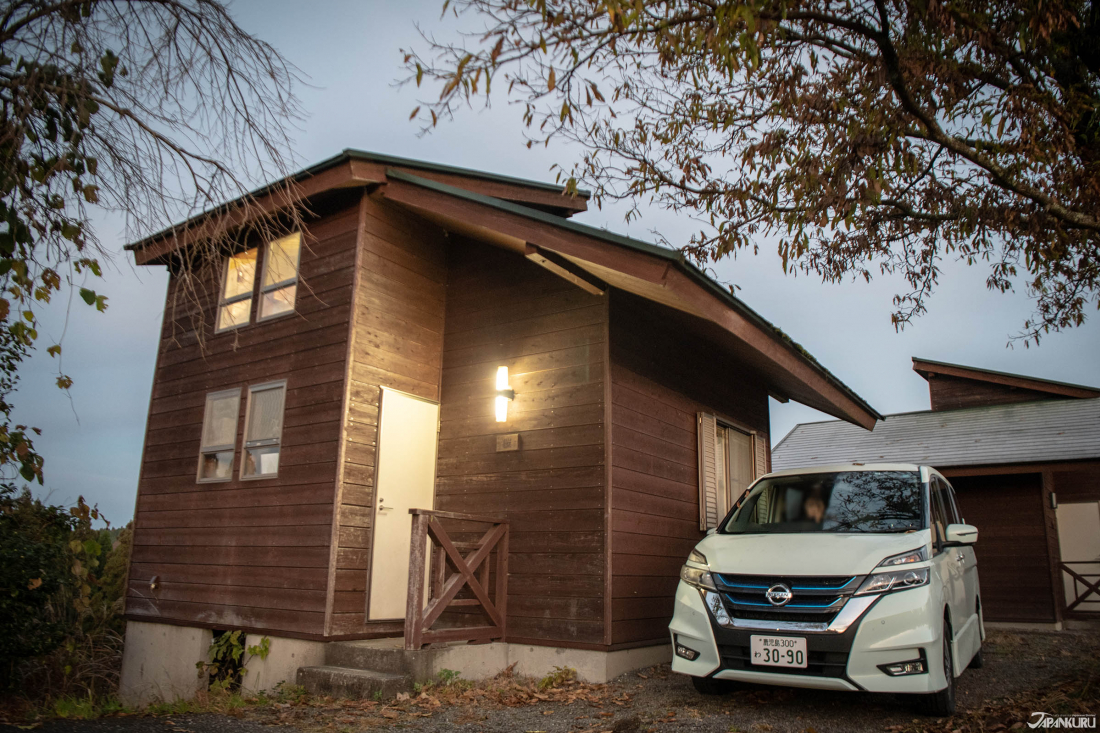
The Japankuru team stayed the night at the Gokase no Sato Campground, a campsite and hostel, which is just 20 minutes from some more beautiful sea views.
Gokase Campsite (五ヶ瀬の里キャンプ村)
141-1 Sangasho, Gokase, Nishiusuki District, Miyazaki
Official Website (jp) | Reservations
Kyushu Road Trip Itinerary: Kumamoto
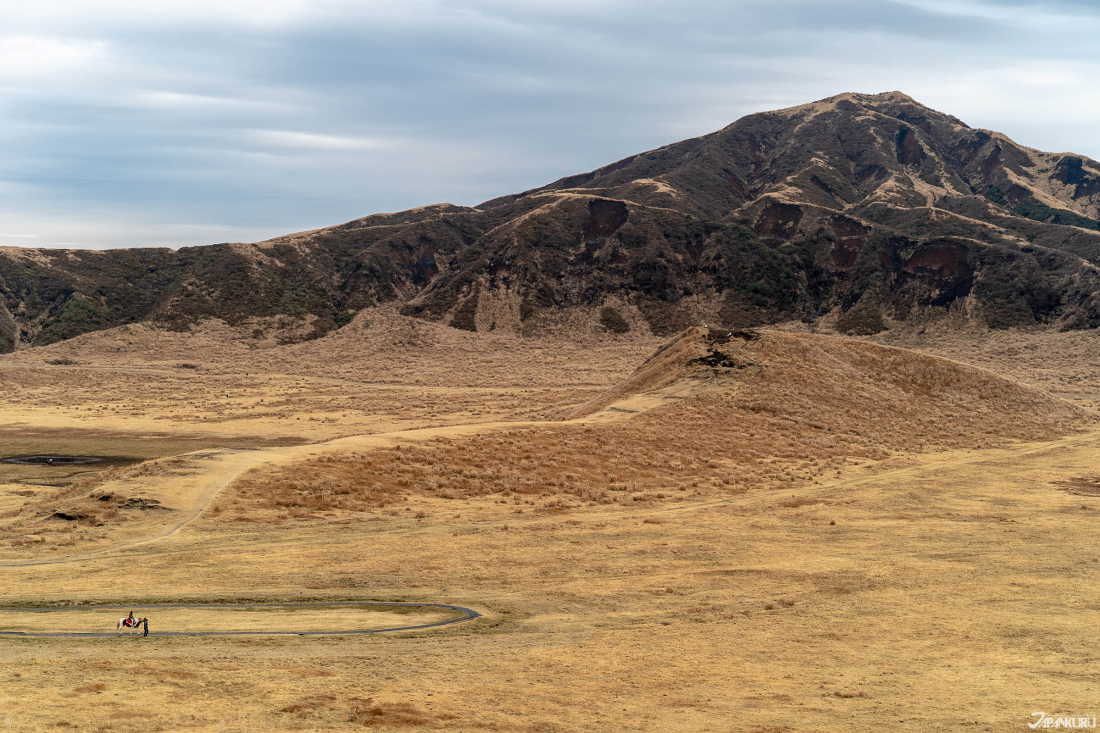
Over on the west coast of Kyushu, Kumamoto is maybe best known overseas as being the birthplace of the striking Japanese character Kumamon – a black bear with big eyes and bright red cheeks – although travelers sometimes come to see Kumamoto Castle as well. On this road trip, however, we made it our mission to explore the beautiful Kumamoto countryside, and try some local cuisine!
Kamishikimi Kumanoimasu Shrine (上色見熊野座神社)
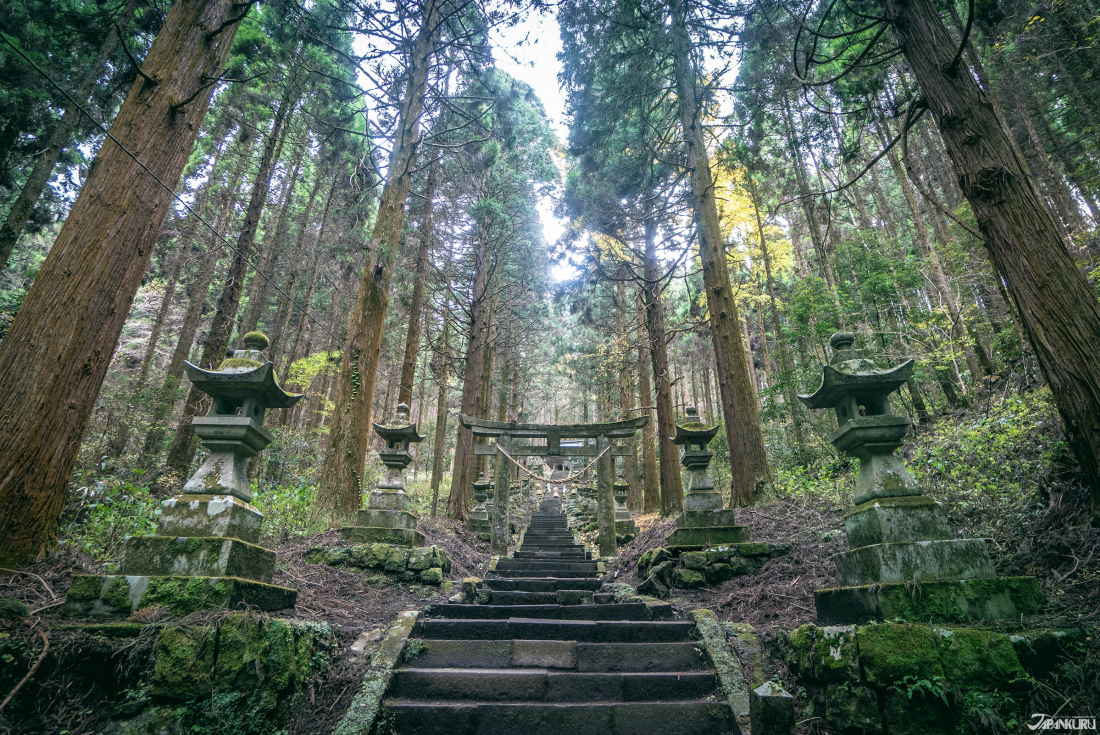
The name “Kamishikimi Kumanoimasu Shrine” is a mouthful that might feel a little stressful to remember, but that anxiety will melt away as soon as you arrive at this peaceful spot. Follow the 100-or-so mossy stone lanterns up the steep mountain trail and enjoy the dreamy atmosphere, so beautiful it helped to inspire the short animated film “To the Forest of Firefly Lights.”
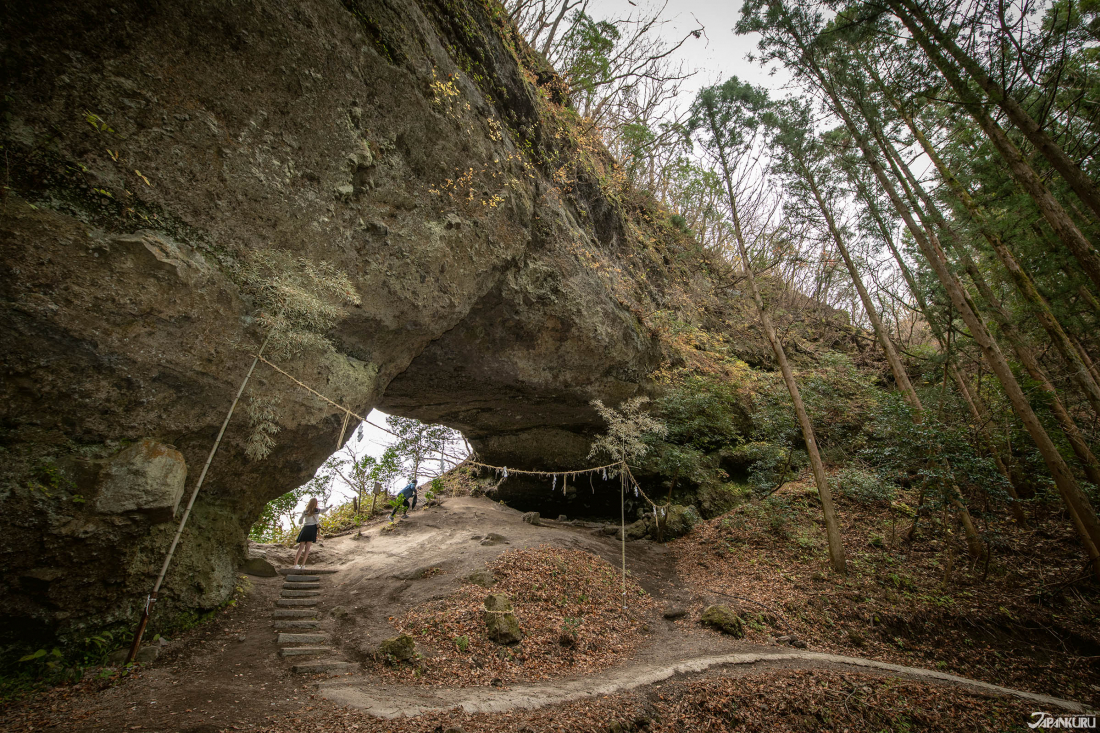
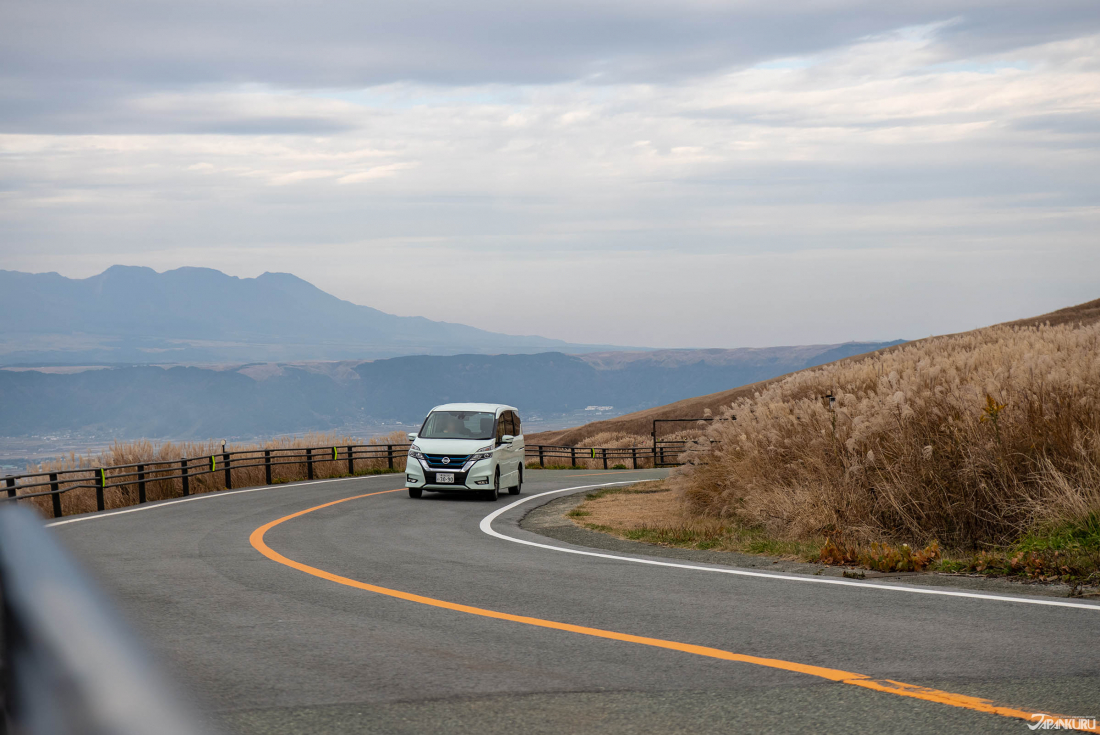
Beyond the shrine itself, you’ll also want to visit the giant “Ugetoiwa” (穿戸岩) rocks at the very top of the mountain, which have become a place to pray for victory and hard-to-achieve goals.
Kamishikimi Kumanoimasu Shrine (上色見熊野座神社)
2619 Kamishikimi, Takamori, Aso District, Kumamoto
Takamori Dengakuho Zonkai (高森田楽保存会)
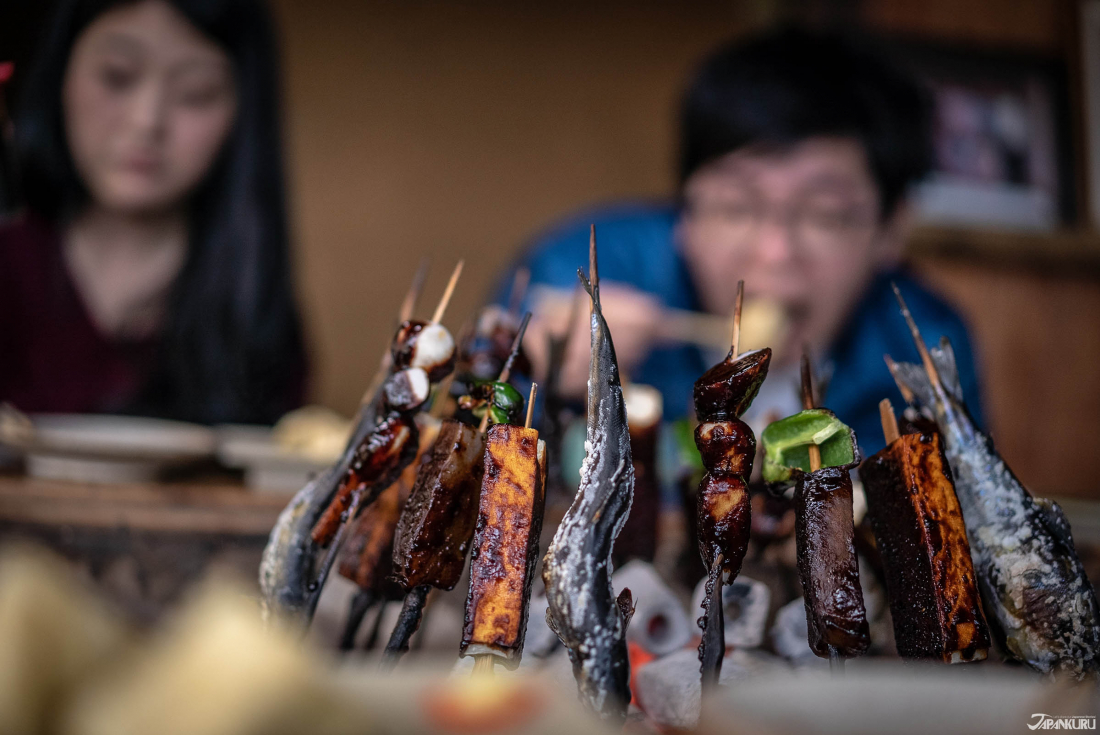
Takamori Dengakuho Zonkai (高森田楽保存会) is a restaurant created with just one purpose in mind, and that is to preserve Kumamoto’s traditional local cuisine. In traditional Japanese houses, a sunken fireplace called an “irori” (囲炉裏) is often found at the center of the home, and here you can experience a truly authentic meal around the irori. The Japankuru team enjoyed a hearty miso soup made with red miso and a variety of local ingredients, like fish from the surrounding mountains, taro, tofu, and konjac root.

Takamori Dengakuho Zonkai (高森田楽保存会)
2639 Kamishikimi, Takamori, Aso District, Kumamoto
Official Website (jp)
Mount Aso (阿蘇山)

Up until this point in our Kyushu road trip, we’d seen many hints of Mount Aso’s presence, and now we finally made it to see the volcano up close! Nicknamed “the roof of Kyushu,” the iconic volcano is a symbol of Kumamoto, the largest active volcano in Japan and one of the largest in the world. The volcano actually has five peaks spread across the region, with its highest point on Mt. Taka, rising 1,592m above sea level. Over in the crater of Mt. Naka, you can see the volcano actively emitting smoke and even, occasionally, erupting.


Visitors can take the ropeway around Mt. Aso and drive through the plains created by the magma below the mountain – don’t worry, they pause access to the area when there is a high risk of volcanic eruption!
Mount Aso (阿蘇山)
Takawara, Aso, Kumamoto
Official Aso City Homepage (jp)
Start Planning Your Kyushu Road Trip Today
From volcanic peaks and coastal shrines to hidden hot springs and local delicacies, Kyushu is a road trip destination that combines natural beauty, history, and culture in every stop. Whether you’re soaking in a sand bath, tasting a local take on miso soup, or standing in awe before Mount Aso, southern Japan offers unforgettable adventures for travelers ready to explore beyond the usual tourist path!
▶︎ See more of this Kyushu road trip in our video:
For more info and updates from Japan, check Japankuru for new articles, and don’t forget to follow us on X (Twitter), Instagram, and Facebook!

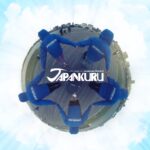







 Love Matcha? Upgrade Your Matcha Experience With Tsujiri!
Love Matcha? Upgrade Your Matcha Experience With Tsujiri! 




 】
】 泰國、
泰國、 中國、
中國、 台灣網紅,帶你走進夜晚的橫濱!從玩樂路線到拍照技巧,教你怎麼拍出最美的夜景照。那些熟悉的景點,換個視角說不定會有新發現~快跟他們一起出發吧!
台灣網紅,帶你走進夜晚的橫濱!從玩樂路線到拍照技巧,教你怎麼拍出最美的夜景照。那些熟悉的景點,換個視角說不定會有新發現~快跟他們一起出發吧!



 The Robot Restaurant is gone, but the Samurai Restaurant is here to take its place. Check it out, and don't forget your coupon!
The Robot Restaurant is gone, but the Samurai Restaurant is here to take its place. Check it out, and don't forget your coupon! 신주쿠의 명소 로봇 레스토랑이 사무라이 레스토랑으로 부활! 절찬 쿠폰 발급중
신주쿠의 명소 로봇 레스토랑이 사무라이 레스토랑으로 부활! 절찬 쿠폰 발급중 18歲以上才能入場的歌舞秀,和你想的不一樣!拿好優惠券去看看~
18歲以上才能入場的歌舞秀,和你想的不一樣!拿好優惠券去看看~